LAST UPDATED: 4/13/23 – Hwange National Park Safari Guide
The continent of Africa is blessed to have a wealth of incredible and beautiful national parks for visitors to go on safari. I have been blessed to have visited four different African nations and have gone on safari in nine different national parks and game reserves during my travel, so I have seen many of these incredible parklands. While I enjoyed each park for its own unique reasons, one adventure that has always stood out to me is my Hwange National Park safari. Named after a local Nhanzwa chief, the area was designated a national park all the way back in 1929. Since then, it has been one of the largest wildlife sanctuaries for the continent’s incredible native species of animals.
Renowned for having some of the largest elephant herds in Africa, as well as one of the strongest populations of apex predators such as lions, leopard, and the extremely endangered African painted dog, Hwange National Park will absolutely amaze you with its rich diversity of wildlife. It is one of the few places remaining in Africa where you can still spot the “Big Five” of Africa and is one of the only places in Zimbabwe where you can still see large numbers of giraffe. No matter which animals you come to see, you certainly won’t be disappointed when you go on a Hwange National Park safari.
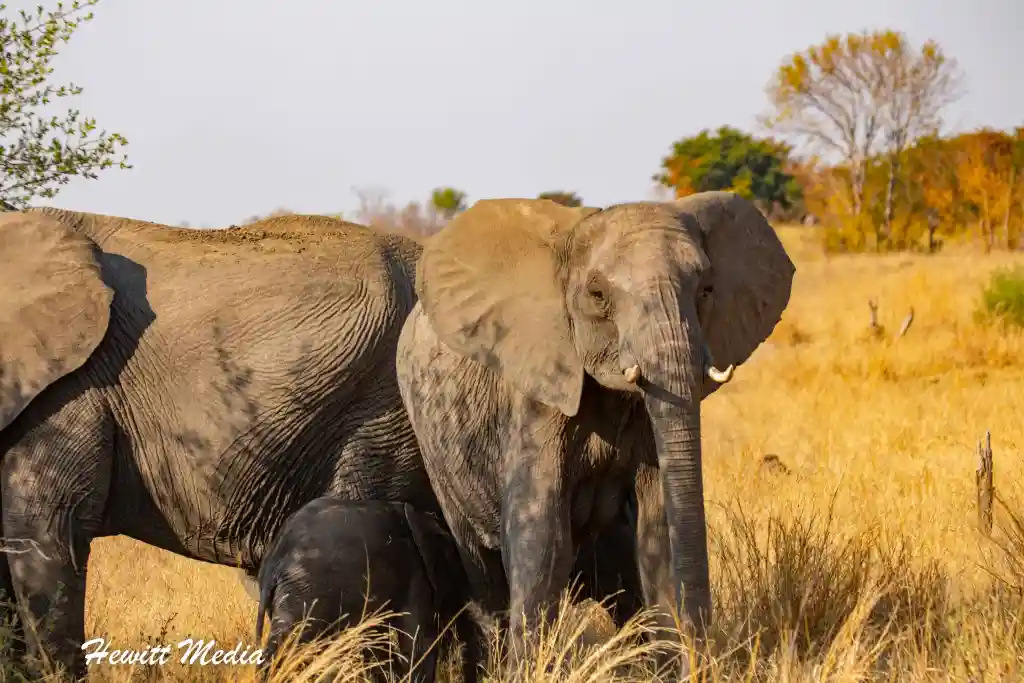
It is for this reason that I have created this Definitive Hwange National Park Safari Guide. Not only do I want to share my incredible experience and safari photographs with you to inspire you to have your own adventure, but I want to give you the resources you will need to successfully make that inspiration a reality. In this Hwange National Park safari guide, I will let you know what requirements you will need to visit Zimbabwe, give you some tips on how to get to the park, let you know which regions of the park you can visit, and provide you with information on which tours, lodges, and campsites I recommend. With this information in hand, you should be able to confidently plan an incredible safari adventure in Hwange National Park that you’ll never forget.
Zimbabwe Entrance Requirements
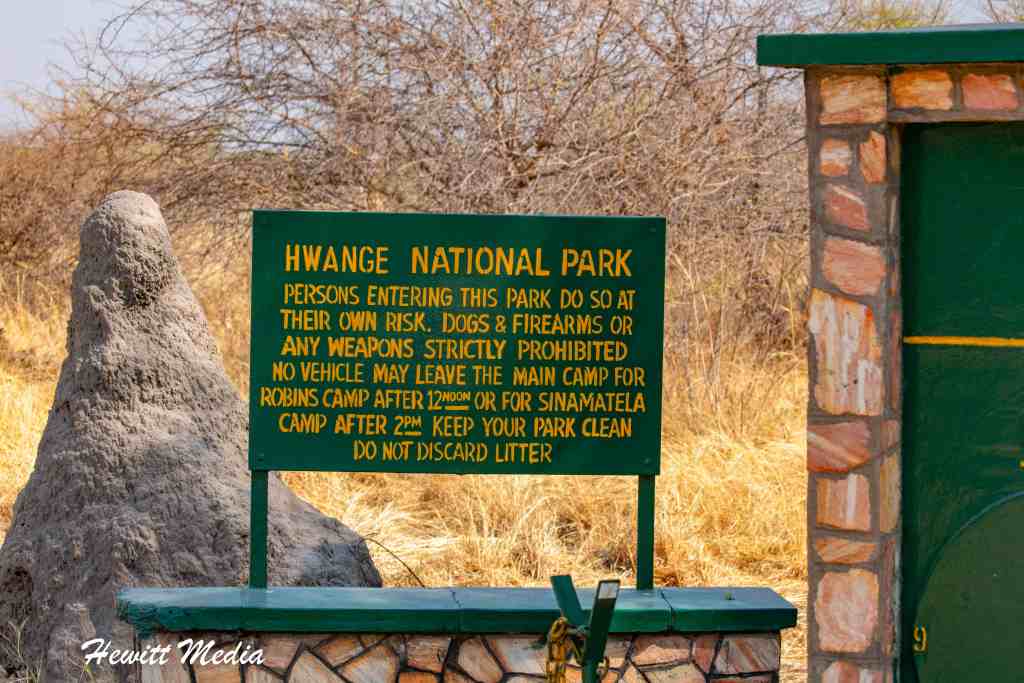
Before you depart for your Hwange National Park safari in Zimbabwe, you will need to make sure that you meet all of the requirements for entry into the country. In order to assist you in this preparation, I have created a short article that outlines all of the Zimbabwe entry requirements for visitors. This includes the necessary passport, VISA, and customs requirements that you will need to consider before you depart for your trip.
Travel Immunizations

Important Note: I am not a medical doctor and do not have any medical experience. The information provided in this section is a summary of information that I got from the recommendations of the Centers for Disease Control and Prevention in the United States for travel to Zimbabwe. I am providing you this information to help bring awareness of the necessary vaccinations to you, but consultation of my guide should not replace a discussion about your travels with your doctor or a travel medical clinic.
One of the most important, and yet most often overlooked, aspects of travel is the necessary vaccinations that are required or recommended to keep you safe and healthy when you travel. Before you depart for Zimbabwe, you are going to want to make sure that you have all of the proper vaccinations.
Some of these vaccinations, like the Yellow Fever vaccination, are included in the Zimbabwe entrance requirements if you are traveling to Zimbabwe from certain high-risk locations. Other vaccinations, such as a flu shot and the Typhoid vaccine, are recommended, but not required.
For your convenience, I have summarized the CDC’s recommendations on vaccines and healthcare for travelers visiting Zimbabwe for you to review in my “Zimbabwe Passport, VISA, Customs, and Immunization Requirements” guide linked below.
What to Bring
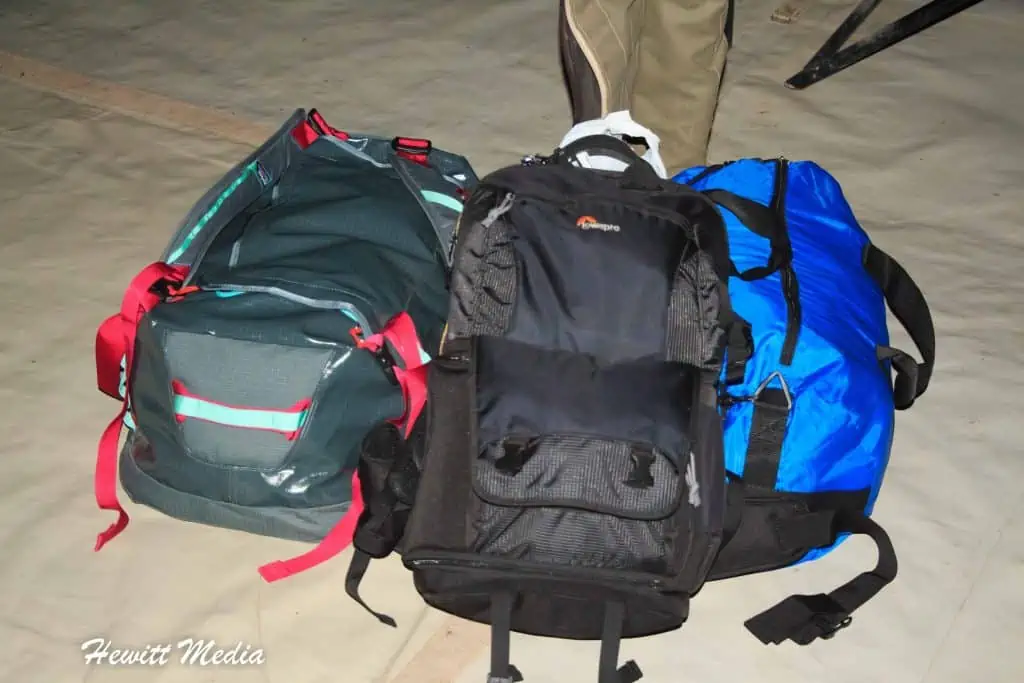
If you are visiting Africa to go on safari for the first time, you might not be sure of what to bring with you. To help you with these questions as you prepare for your Hwange National Park safari, I have developed several guides that you should review. First, my article the “20 Tips for Those Visiting Africa for the First Time” will help you get prepared for what to expect when you arrive in Africa for the first time. It outlines what you should do, what you shouldn’t do, and gives you some tips that will help you know what to expect on your first visit to the continent of Africa.
Then, as you start to prepare for your trip, you will want to review my “Essential Safari Packing List” to make sure that you have all of the gear that you need and don’t pack what you won’t need with you. Finally, if you plan to take pictures on your safari, you will definitely want to review my “Tips for Photography on African Safaris” guide to make sure you get the best photographs possible to remember your adventure!
| READ MORE: |
 |
| The Essential Safari Packing List |
| READ MORE: |
 |
| Tips for Photography on African Safaris |
How to Get There
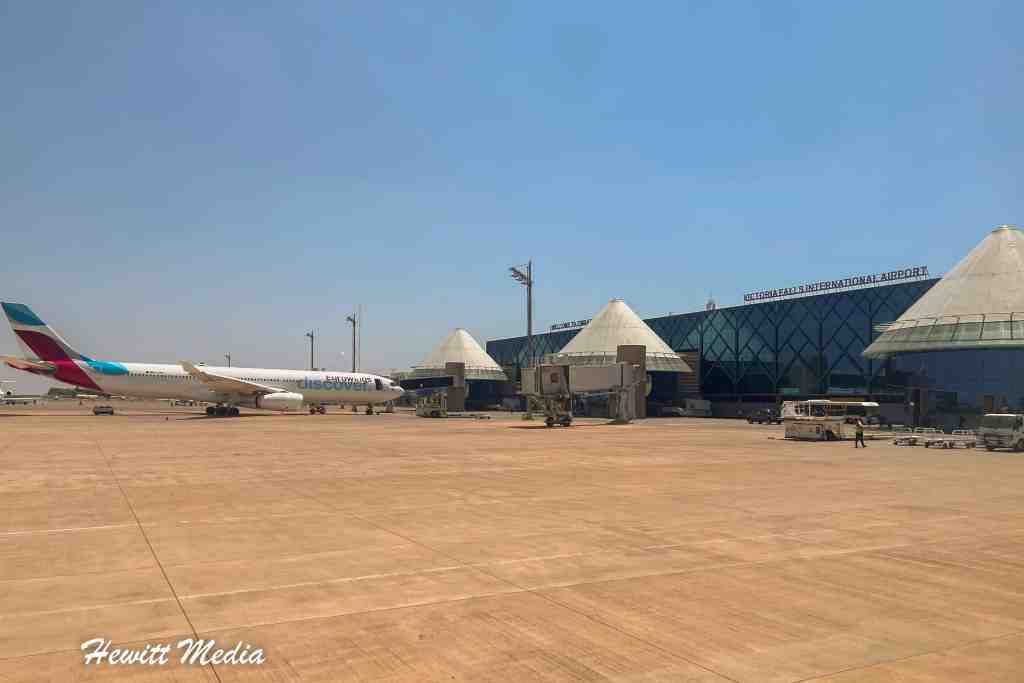
One of the most important things that you will need to consider when planning your Hwange National Park safari is how you are going to get to the park. Not only is Hwange National Park Zimbabwe’s largest national parkland, but it is also one of the easiest national parks in the country to get to. In this section of my Hwange National Park safari guide, I will provide you with some information and tips on how to get to the park for your safari.
| READ MORE: |
 |
| First Time Visitor’s Guide to Victoria Falls |
Getting to the Park
How you get to the park will largely depend on how you plan on touring the park. If you plan on taking a tour, the tour company you use for your Hwange safari will let you know how you should plan your travel to the park. They may pick you up in Victoria Falls or they may help you arrange a smaller flight into the Hwange National Park airport.
For instance, for travelers planning to take a longer safari tour in the park or are visiting multiple parks as part of their tour, the operator may arrange a flight for you directly to the park’s airport. On the other hand, if you are planning on taking a guided day safari or doing a self-drive safari, the tour company will likely pick you up at your hotel in Victoria Falls.
Hwange National Park is just an easy 2.5-hour drive from the city and almost all tour operators will coordinate transportation to the park and then back to your hotel for you. In fact, the city is a great hub for which you can plan to go on safari in many different national parks in the area.
Not only is Hwange close, but Victoria Falls is also in very close proximity to Chobe National Park in Botswana (it is just a 1.5-hour drive) and only a quick 15-minute drive from the incredible Stanley Livingstone Private Game Reserve. For a better understanding of the national parklands, you can tour in Zimbabwe and where they are in proximity to Hwange National Park and the country’s major cities, I have included an overview map of Zimbabwe’s national parklands for you to review below.
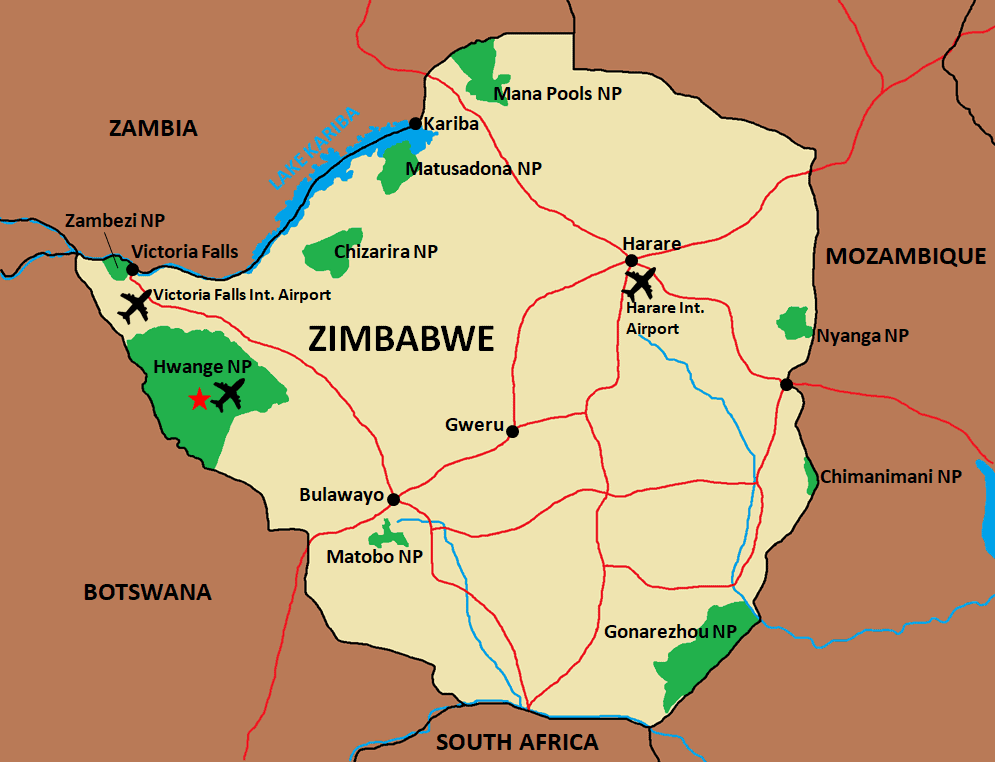
Recommended Tours
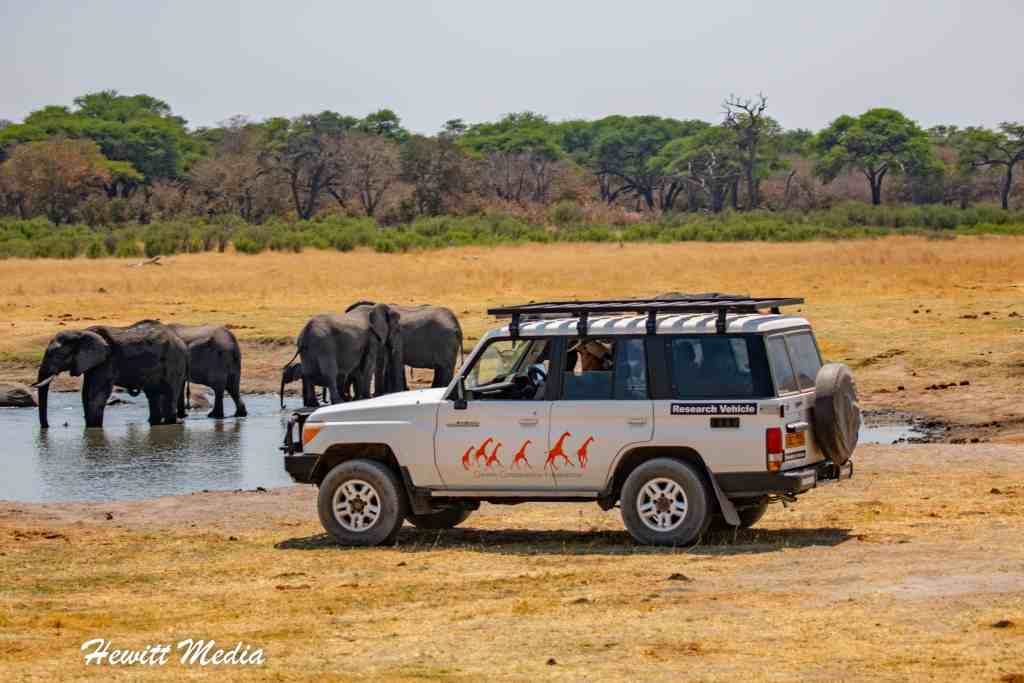
At roughly 5,657 square-miles, Hwange National Park is an absolutely massive parkland. It is Zimbabwe’s largest park and is so big that it is impossible to see the entire park in one day. If you want to explore more than one region of the park, I strongly suggest booking a multi-day Hwange National Park safari. That said, the park is so full of wildlife that even single-day safaris are more than worth it. In this Hwange National Park safari guide, I am going to give you the information that you need to make an informed decision on what type of safari tour would be best for your trip.
Hwange National Park Map
Most single day safari tours for Hwange National Park pick up from Victoria Falls and enter the park thru the Mbala Gate. This is near the incredible Painted Dog Rehabilitation Center, which is an incredible place to stop if you have the time.
It is a roughly 2.5-hour drive from Victoria Falls to the park but having just done that drive I can tell you that it goes by quickly and isn’t all that bad. We were picked up at our hotel in Victoria Falls early in the morning and were at the park in time to do a morning game drive. Then, after a great lunch at one of the park’s many picnic spots, we did an afternoon game drive before being driven back to our hotel in Victoria Falls.
If you are doing a multi-day Hwange National Park safari or using the safari services of one of the park’s many incredible lodges, you will either be picked up in Victoria Falls or flown into the Hwange National Park Airport for your safari tour. The park has four main gates, with many of the park’s lodges and campgrounds located near those gates.
Some of the park’s main camps include the Robin’s Camp, the Sinamatella Camp, the Hwange Main Camp, and many camps around the Kennedy Gate area. If you would like more information on the campgrounds and lodges available in the park, I cover my recommended campgrounds and lodges in the Where to Stay section of this guide.
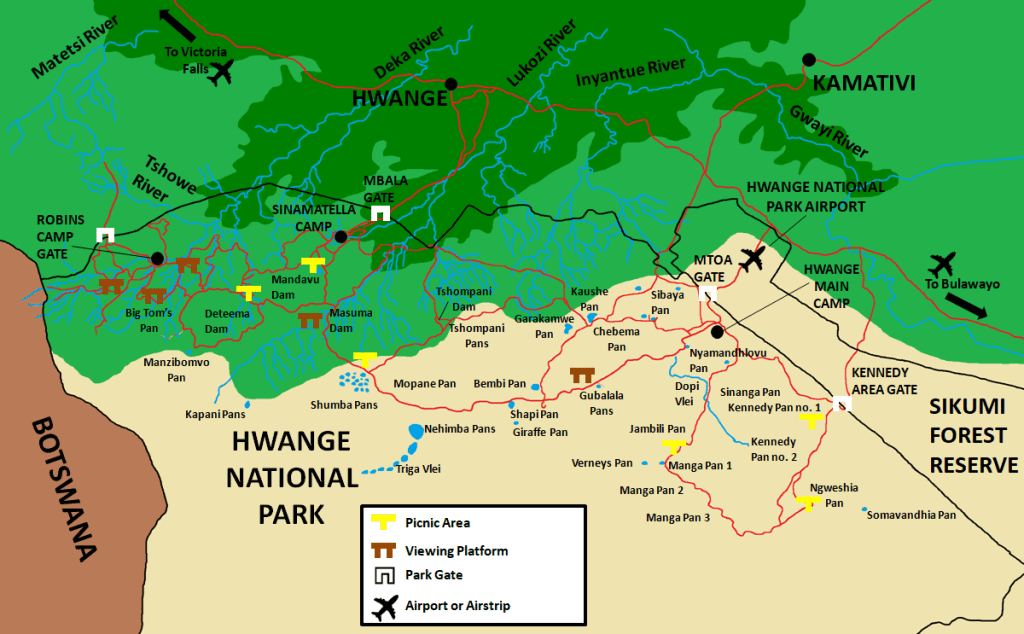
Recommended Hwange National Park Tours
One of the most important decisions that you will make when planning your trip to see the beautiful Hwange National Park in Zimbabwe is the tour operator that you choose to use for your visit. A good tour guide can be the difference between an incredible safari experience and a visit that is underwhelming. Good safari guides are passionate about what they do and genuinely care about sharing this breathtaking place with visitors.
When we visited Hwange National Park, we were fortunate enough to have an amazing safari guide who not only guided us thru the park but managed our transportation from Victoria Falls to Hwange (a roughly 2.5-hour drive) himself. He was right there with us, from picking us up at our lodge to dropping us off at the end of the day, and our experience could not have been better.
For those who are planning a trip to Hwange National Park from Victoria Falls, I have included the contact information for our tour operator, Africa Beast Safaris, for you to review in my Hwange National Park safari guide below. I have also included links to a number of the wonderful safari packages for Hwange National Park that they offer for you to consider.
Africa Beast Safaris
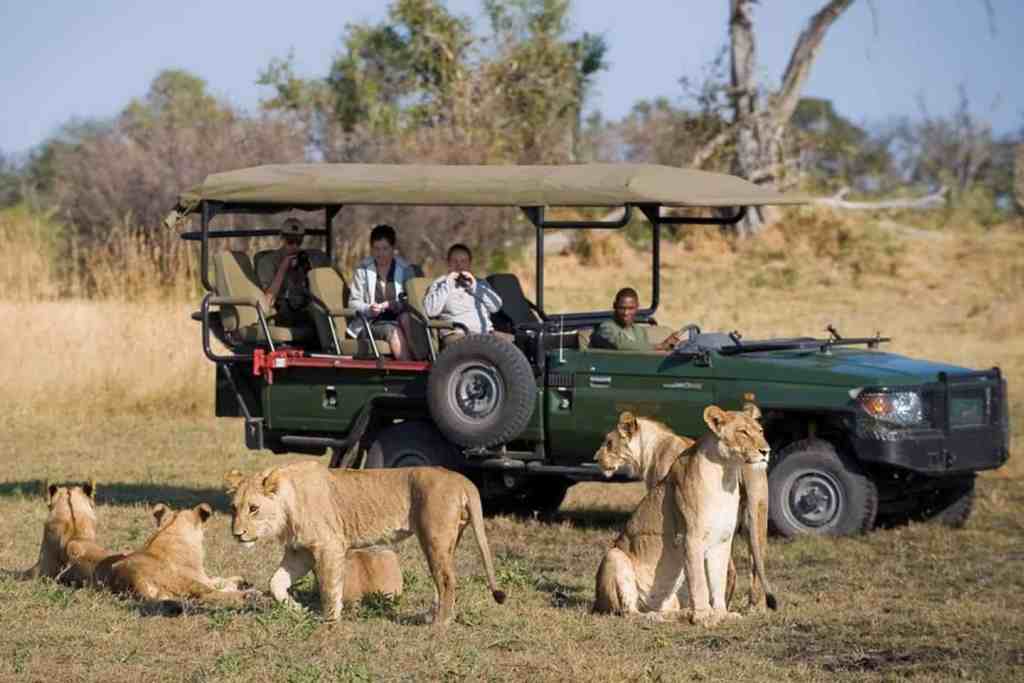
If you are looking for a tour operator to use to see Hwange National Park in Zimbabwe and will be flying into the Victoria Falls area, I would highly recommend using Africa Beast Safaris. Simon from Africa Beast Safaris is super passionate about what he does and takes extraordinary care of his customers. We used Africa Beast Safaris for our Hwange National Park tour and were thrilled with the level of service.
Other Hwange National Park Tours
If you plan on doing a self-safari in Hwange National Park or plan to use the safari services of one of the many incredible lodges near the park, I have provided some of those options for you to consider below as well. Whatever tour option you choose, make sure it fits the experience that you want to have at Hwange National Park because it is one of the most extraordinary places to go on safari in all of Africa and you want to have an experience you’ll remember for a lifetime!
Best Times to Visit
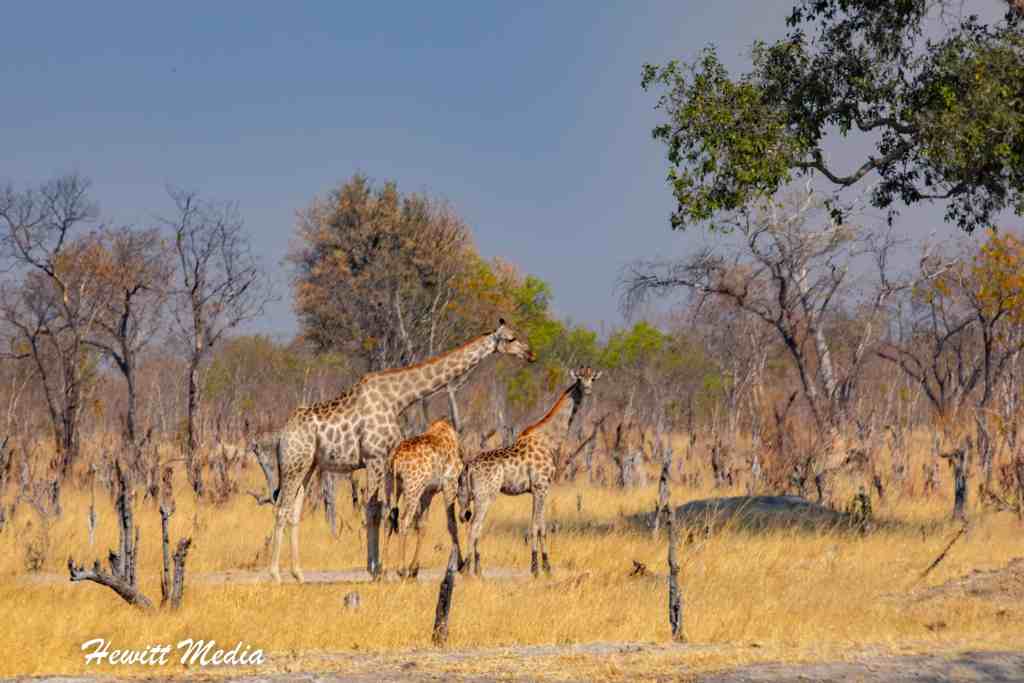
While Hwange National Park in Zimbabwe is an incredible wildlife park to visit year-round, there are certain times of year where I feel it is better to visit than others. Certain variables, such as the temperature and the amount of rainfall, can have a big impact on where wildlife will be located within the park and how easy it will be for visitors to view wildlife. In this section of my Hwange National Park safari guide, I will outline the average temperature and precipitation levels in the park throughout the year and explain how that may affect your visit. With this information in hand, you can plan your Hwange National Park safari for the right time of year for your needs.
Average Temperature (℉) by Month
When many travelers think about Zimbabwe, I am guessing they picture a hot climate with repressive heat. While it can get very hot at mid-day, especially during the months of September thru November, it can also get quite cool overnight and into the early morning hours. This is especially true during the winter months of June thru August. If you are on an early morning game drive during these months, the 40-degree mornings can be quite cold in open safari vehicles. If you want to know what to expect for temperatures while visiting Hwange throughout the year, I have included a chart in my Hwange National Park safari guide for you to review below.
Average Precipitation (Inches) by Month
Another factor that you need to consider when planning your Hwange National Park safari is the amount of precipitation that the park gets throughout the year. In addition to heavy rains making the roads difficult to navigate or impassable, the rain can also have a big influence on how easy it is to spot wildlife. During the dry winter months of June thru August, the park gets very little rain. As the dry season wears on, the vegetation dries up and water becomes scarcer. With water in short supply, animals tend to congregate near permanent or man-made water holes. There is also less vegetation to obstruct your views into the bush, making hard to spot animals like leopards easier to spot.
In contrast, during the lush summer months of December thru February and into the Spring months in Zimbabwe, there is plenty of water throughout the park for animals to drink, so they tend to be more spread out. It is also more difficult to spot the wildlife with the thick vegetation. The park is beautiful with the lush green trees but spotting shy predators like leopards is much more difficult at this time.
Best Months to Visit
If you are starting to plan your Hwange National Park safari and would like to know which months are best for visiting the park, I have put together a chart below that outlines which months I think are the best for visiting Hwange. I have also detailed some of the pros and cons for visiting Hwange National Park during both the dry and wet seasons to assist you in determining which time of year would be best for your visit.
| JAN | FEB | MAR | APR | MAY | JUN | JUL | AUG | SEP | OCT | NOV | DEC |
| = Excellent | = Good | = Fair | = Poor | ||||||||
Dry Season (April to October)
Positives
- Malaria risk as at a minimum.
- It is generally not as hot (expect for October).
- There is typically very little rain.
- Wildlife is easier to spot because vegetation isn’t as thick, and wildlife congregates near permanent water sources.
NEGATIVES
- The main camp can be very crowded.
- Because it is very dry, it can be very dusty inside the park.
- The early morning game drives in the open safari vehicles can be chilly.
Wet Season (November to March)
positives
- It is the birthing season, so baby animals are prevalent in the park.
- The migratory birds arrive, so it is a great time of year for bird watchers.
- The camps are less crowded, and rates are typically lower at camps and lodges.
- The scenery is lush and green, which can be very picturesque.
negatives
- Because of the rain, some park roads will be difficult to drive on or impassable.
- It can be very hot, especially at mid-day.
- Camps and lodges may be closed from January to March.
- Because of the lush vegetation and abundance of water, wildlife is more dispersed and harder to spot.
Where to Stay
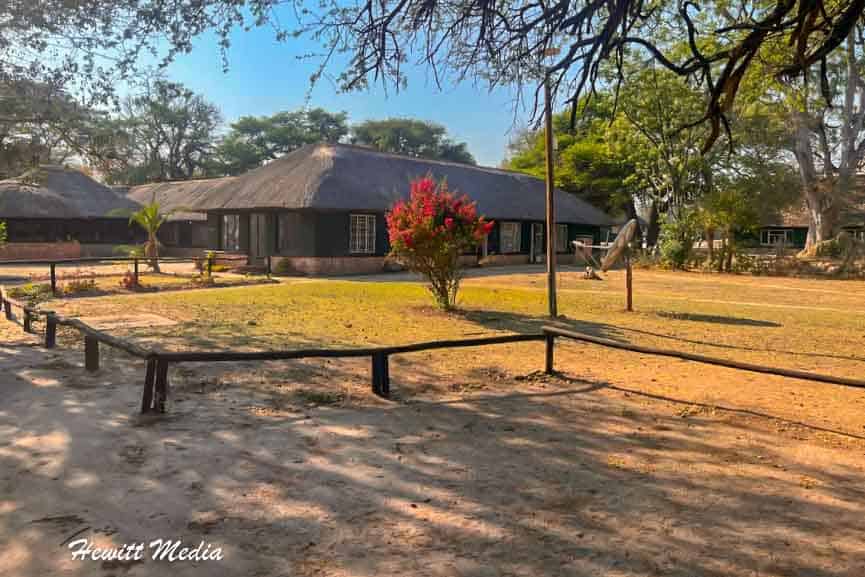
If you do not want to book a tour for your Hwange National Park safari, there are a few options that you can choose that may save you some money. You have the option of arranging your own transportation to the park and then booking your lodging or campsite accommodations separately.
Depending on the lodging that you choose, they may offer guided game drives for guests. If so, you can take advantage of their guided game drives to see the park. If you choose a campsite or a lodge that doesn’t offer guided game drives, you will need to self-drive to see the park.
If you are in the process of planning your Hwange National Park safari and are planning to book your accommodations outside of a tour, I have included some valuable information on self-drive safaris and some recommended campsites and lodges in this section for you to review.
Recommended Hwange Camps and Lodges
Hwange National Park is the largest national park in Zimbabwe and one of the bigger national parks in Africa. There are many wonderful lodges and camps throughout the park, with most of the popular ones concentrated near the Robins Camp, the main Mbala Gate, the Mtoa Gate, and the Kennedy Camp.
If you are choosing to book your own accommodations for your Hwange National Park safari adventure, I have included some of my recommendations for you to review below. These recommendations include campsites, lodges, and places with a mixture of both. I have also included some of my top picks for campsites and lodges at different price points so that you can choose the accommodations that are right for you and for your budget.
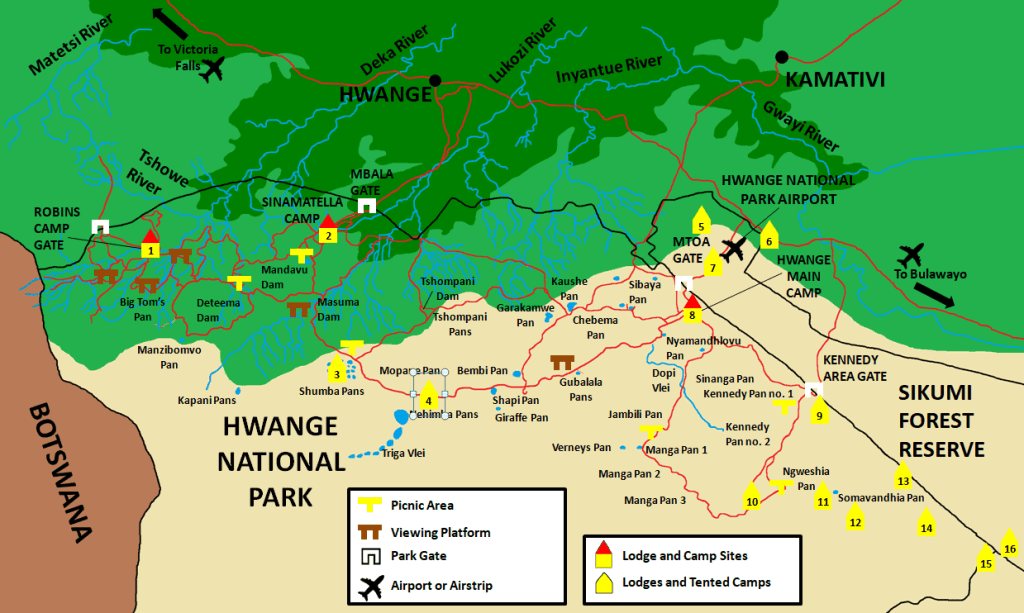
Tips and Guidelines for Self-Drive Safaris in Hwange
Doing a self-drive Hwange National Park safari has its advantages, as you can go your own pace and be on your own schedule, but it does require quite a bit of preparation and planning. If you are planning on doing a self-drive safari in Hwange National Park, there are several things that you should be aware of and prepare for before your trip. To assist you with this preparation, I have included some tips and guidelines for you to review below.
- Park rules require that you stay on the marked roads at all times. You cannot drive off-road in Hwange National Park.
- Target the dry season for your visit as there is far less risk of the roads being flooded.
- Make sure you have a 4×4 vehicle with high clearance. The roads can be rough in areas and you don’t want to get stuck.
- Let some air out of your tires while driving on the gravel and sand park roads. This will give you extra traction and help you prevent getting stuck. Just remember to re-inflate your tires before getting back on the paved roads.
- Bring a satellite phone with you in case of emergencies.
- Make sure you have plenty of food, water, and extra fuel with you.
- Download the Tracks4Africa app for navigation. It is the recommended app for safari navigation in Zimbabwe.
- Be prepared to pay your park fees. For information on the current rates for international visitors, please see the Zimbabwe Tourism website.
- And finally, leave yourself plenty of time to get back to your lodge or campsite before dark.
The Wildlife You May See
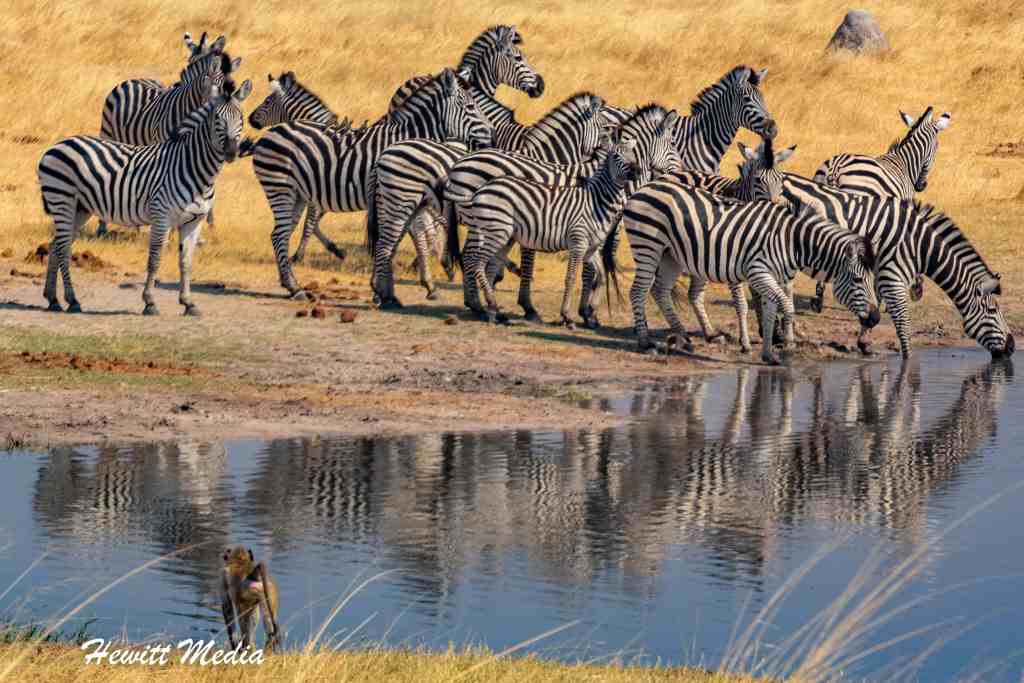
In addition to having one of the highest concentrations of lions and elephants in all of Africa, Hwange National Park is also one of the remaining strongholds for painted dogs in Africa. In fact, the park is home to the Painted Dog Conservation Center. The park supports a number of man-made water holes that have water pumped into them year-round, and if you visit Hwange during the dry season, you are almost guaranteed to see elephants and other grazing animals in or around these watering holes. As you know, where you find the grazing animals, the predators aren’t far away.
When I went on my Hwange National Park safari this past year, I saw some very large herds of elephants in many different areas of the park taking advantage of the water holes. We were also lucky enough to see some very large male lions resting in the shade. The park also has an abundance of zebra and many different antelope species for visitors to spot. If you are interested in learning which of Africa’s most popular animals can be found in Hwange National Park, please refer to the graphic that I have included in this Hwange National Park safari guide below.
 |
 |
 |
 |
 |
 |
| Elephant Abundant |
Giraffe Common |
Hippo Common |
Buffalo Common |
Zebra Common |
Wildebeest Common |
 |
 |
 |
 |
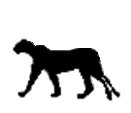 |
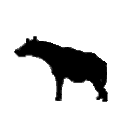 |
 |
| White Rhino Rare |
Black Rhino Rare |
Lion Common |
Leopard Rare |
Cheetah Occasional |
Hyena Common |
Wild Dog Occasional |
Painted Dog Conservation Center
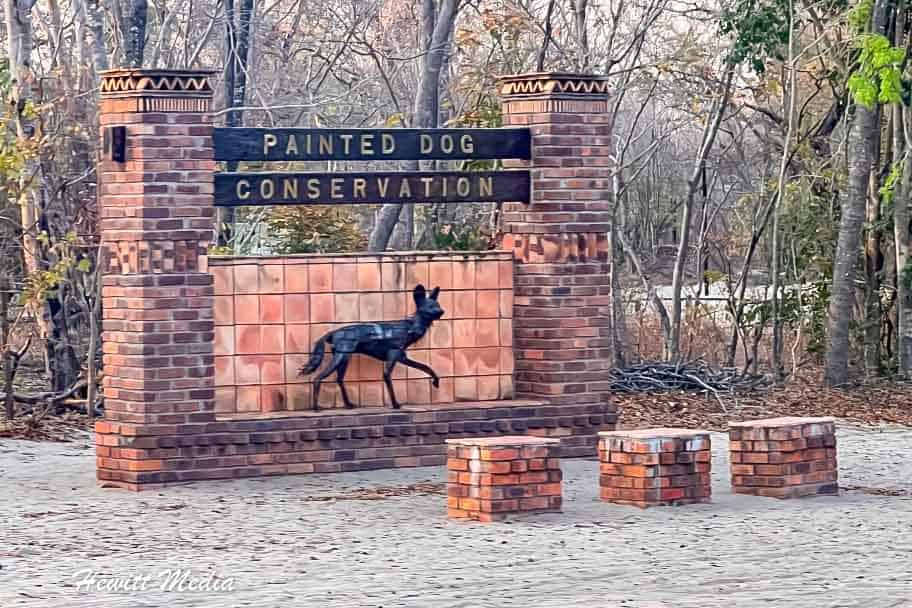
While many of the animals that you can see in large numbers at Hwange National Park can also be seen elsewhere in Africa, there is one particular species of animal that is found in Hwange National Park that is becoming increasingly more difficult to spot in the wild. The incredible Africa painted dog is becoming increasingly endangered across Africa, but Hwange National Park remains one of the biggest strongholds for this incredible animal.
In fact, the park is home to the renowned Painted Dog Conservation Center, which focuses on rescuing injured dogs from the wild, rehabilitating them, and then releasing them back into the wild. So far, the effort has had a tremendous impact on bolstering the painted dog population in and around Hwange National Park. If you would like to stop by the conservation center, it is located just outside the Mbala Gate of the park. Often times, you can see painted dogs in the center’s rehabilitation pens and the park has many programs to educate visitors on this incredible wildlife species.
Safari Tips
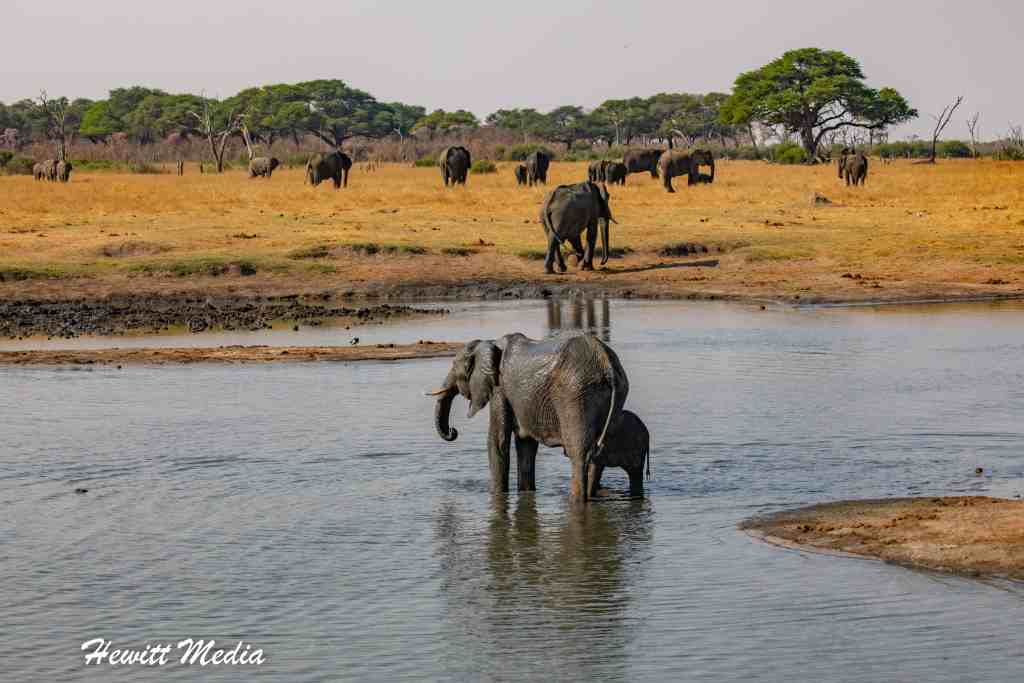
When you are on safari, especially while on a safari in Hwange National Park where you have an opportunity to see animals from land and the water, it is easy to get lost in the experience. Being on safari is such an amazing experience and you should enjoy every single second of it. However, if you aren’t careful, you might not get everything out of the experience that you could have.
In order to make sure that you get everything out of your Hwange National Park safari that you possibly can, I have provided some general safari tips below for you to review.
- Be Patient and Open-Minded – When you are on safari, everything isn’t going to go according to plan. The weather, the animal’s behavior, and other factors are going to impact where you go and what you see. Hwange National Park provides some of the best wildlife viewing opportunities in Africa, but even in Hwange, you have to be ready to adjust your plans if necessary.
- Safety First – It is really easy to get caught up in the safari experience and want to get the best pictures you possibly can. However, safety should always be the primary concern. To give you some help on how to remain safe while on safari in the Hwange National Park, I have outlined some general safety tips for you to review later in this guide.
- Don’t Get Stuck Behind Your Camera – Everyone wants to get great pictures while on safari, and you should absolutely bring your camera and take a lot of pictures. However, if you spend your entire time in Hwange National Park looking thru your camera, you are going to miss out on some of the experience. I would recommend setting your camera down every-once-in-a-while and just enjoy being in such an amazing place.
- Ask Lots of Questions – Make sure you ask your safari guide a lot of questions while you are on safari in Hwange National Park. It is easy to get caught up in the moment and forget to ask which type of animal you are looking at or why they are doing what they are doing, but your safari guide is there to answer these questions for you. And believe me, they enjoy answering these questions. Don’t get home and regret not asking those questions.
- Give Yourself Plenty of Time – Hwange National Park is a very large park, with very distinct and unique environments. There is no way that you are going to be able to explore the entire park within a day, so if you want to see more of the park, you should plan to spend multiple days on safari in Hwange.
Safety Tips
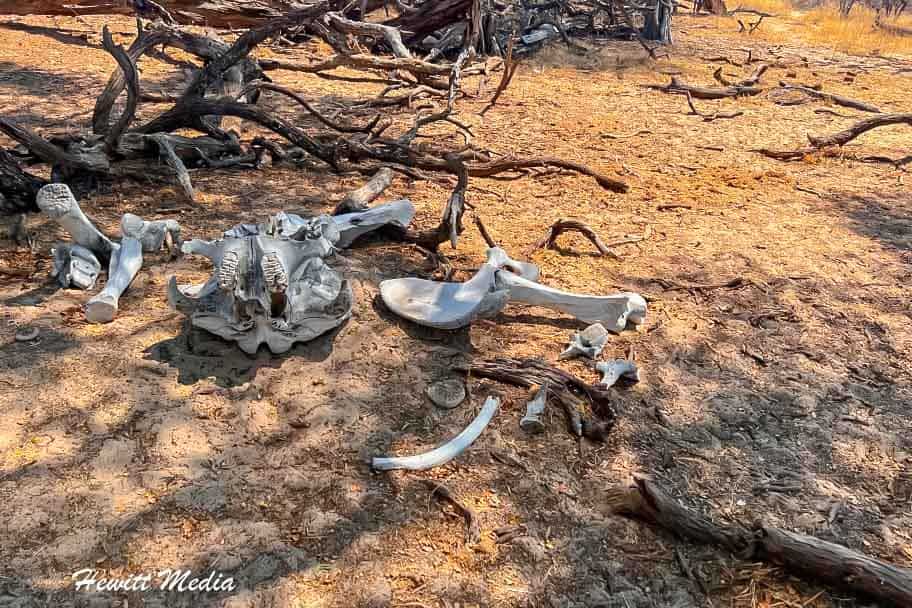
Being on Safari in Hwange National Park can be an amazing and exciting experience, but it can also be a very dangerous experience if you don’t follow the proper safety rules. In order to ensure that your safari experience is a memorable and safe one, I have outlined some general safari safety rules for you to review below.
- Obey your safari guide at all times – The most important safari safety tip of all is to listen to your safari guide and obey them at all times. They are there to keep you safe, so let them.
- Don’t stick anything out of the safari vehicle – It is never a good idea to stick anything outside of a safari vehicle. Whether this be your arms, your feet, or your camera as you try to get a great picture, keep them inside the vehicle at all times.
- Don’t make a lot of sudden or frantic movements in the vehicle – When you are in the safari vehicle, the animals tend to think of the vehicle and everything associated with it as one homogeneous entity. However, if you make sudden and frantic movements, or do something else to make you stick out as apart of the vehicle, you may become an object of interest to them.
- Never get out of the vehicle unless your guide says you can – This point cannot be stressed strongly enough. Never, and I mean never, get out of your safari vehicle unless your safari guide explicitly instructs that it is safe.
- Never leave your tent or lodge room at night – This is another point that I cannot emphasize strongly enough. You should never leave your tent or lodge room at night without a chaperone. The African bush can be a dangerous place, especially at night, so make sure you follow whichever procedures your safari guide gives you for getting assistance at night. If they don’t mention this, make sure you ask ahead of time.
- Walk, never run – If you do find yourself outside of your vehicle and confronted by an animal (hopefully this never happens), then make sure that you stay as calm as possible, walk away slowly (never turning your back on the animal), and NEVER, EVER run away.
- Never swim in lakes or rivers – Unless you are explicitly told by your safari guide that the waters are free of hippos and crocodiles, you should never attempt to swim in a lake, river, or pond. Even then, I would think twice about doing it. Hippos kill more people in Africa than any other animal, and crocodiles are not far behind on the list, so you always have to be safe when even approaching bodies of water.
Safari Photo Gallery
The country of Zimbabwe has such an incredible wealth of wildlife and some of the most breathtaking landscapes in all of Africa. I absolutely cherished my Hwange National Park safari, and I want to share some of my top photographs from that visit with you. I hope you enjoy these images and that they inspire you to book your own adventure in Hwange National Park!
If you would like to view some more of my top Hwange National Park safari photos, as well as photos from some of my many other travel adventures, make sure you are following me on Instagram as well!
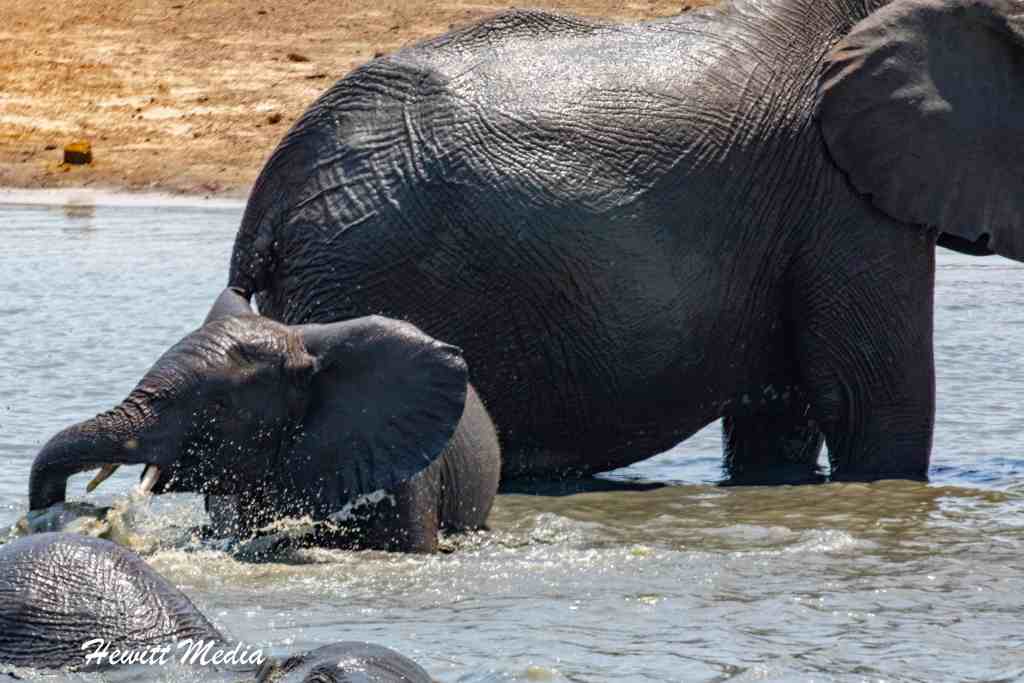




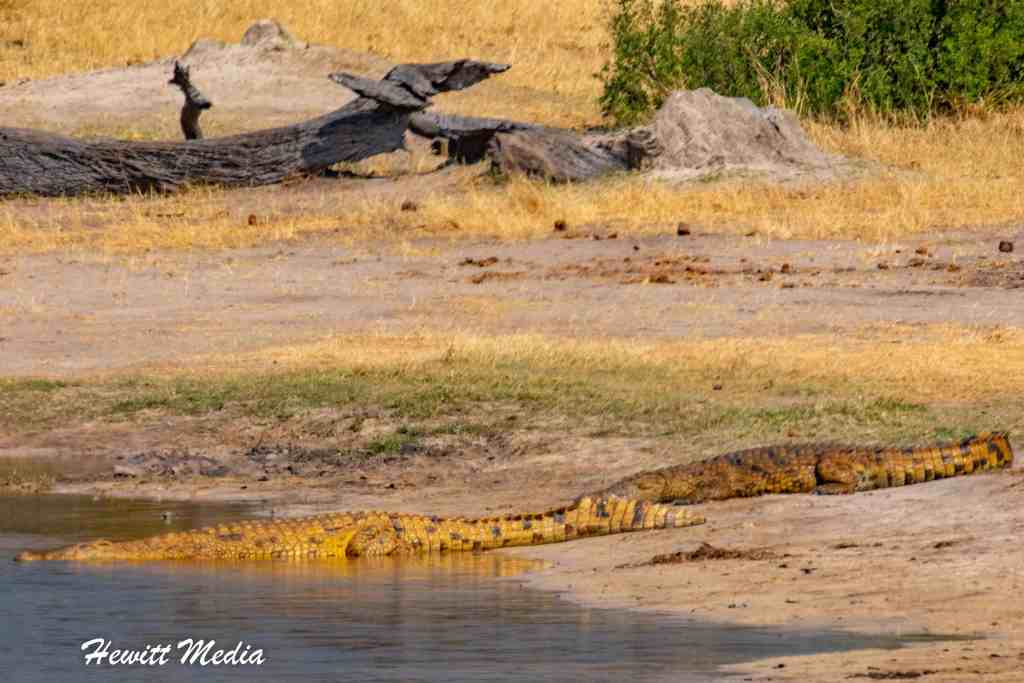

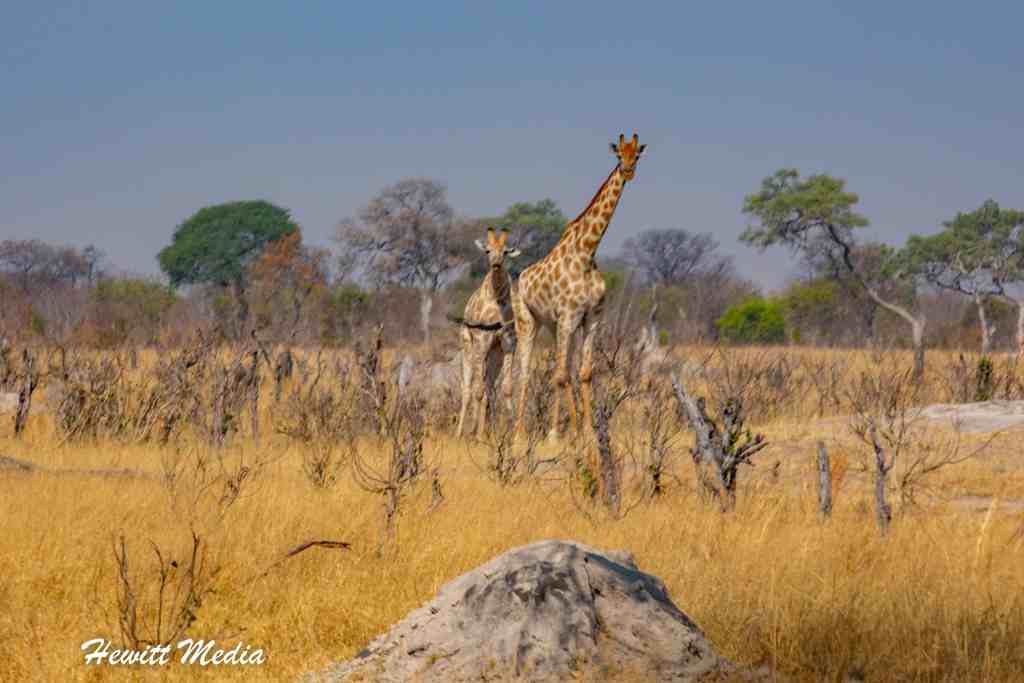
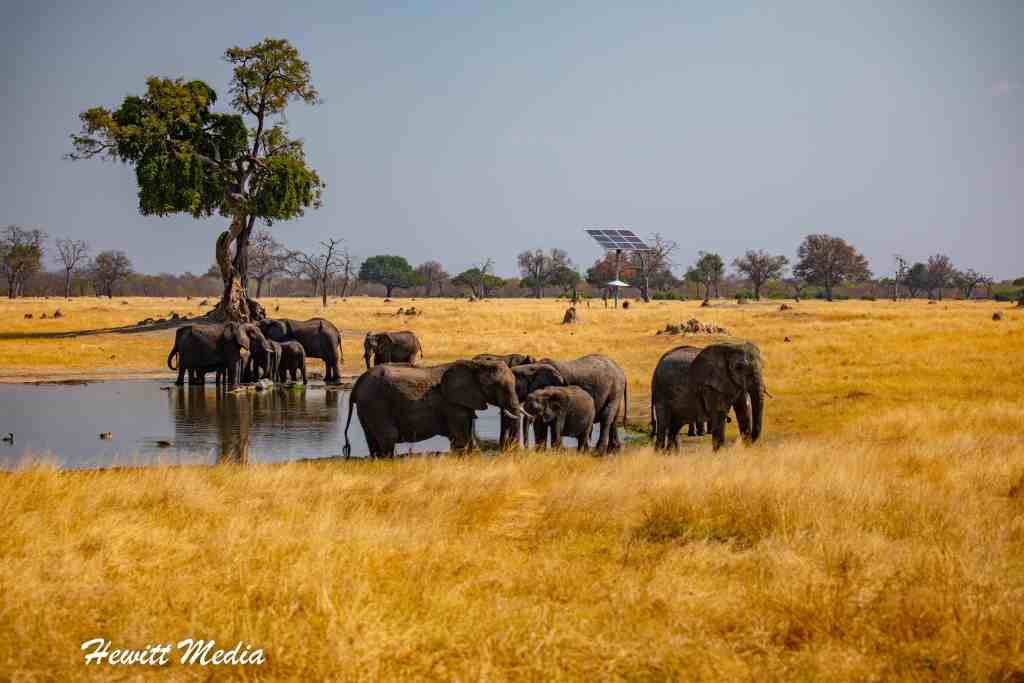
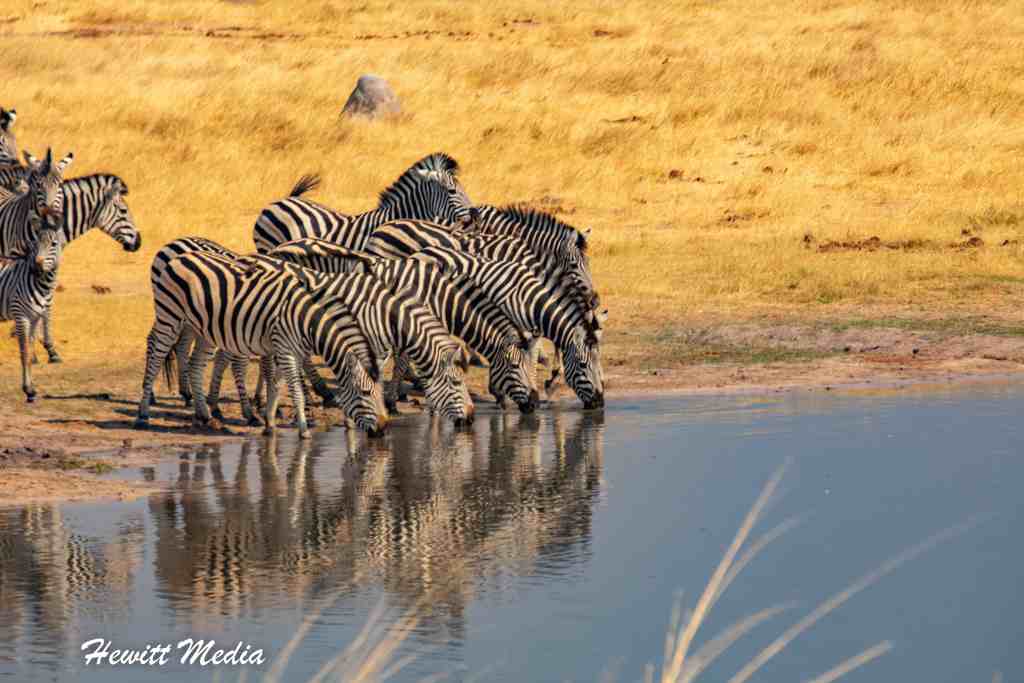
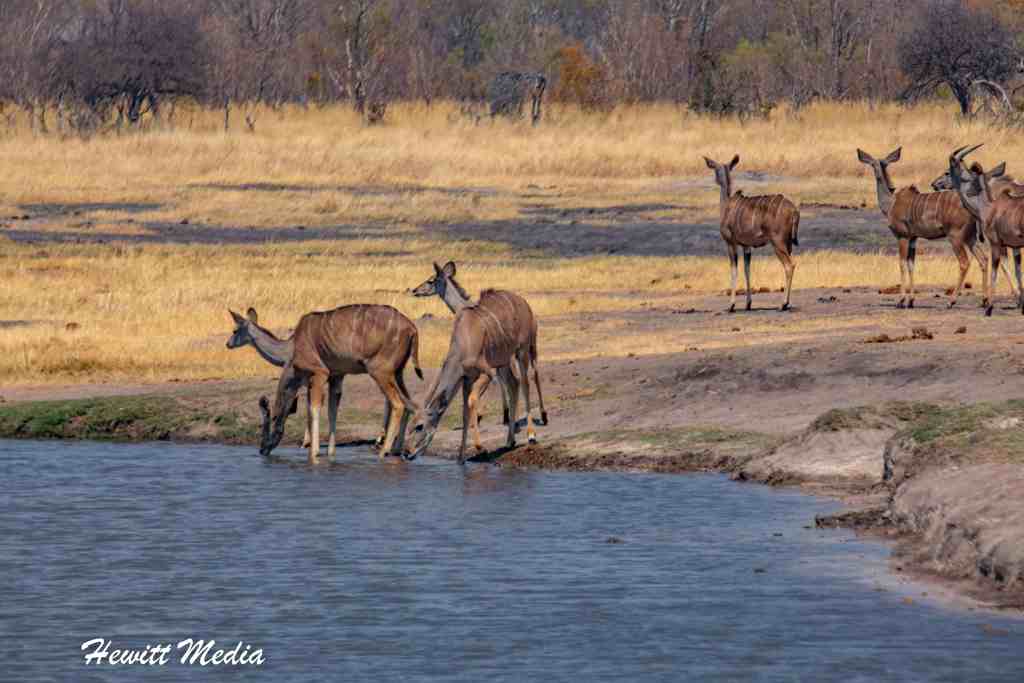

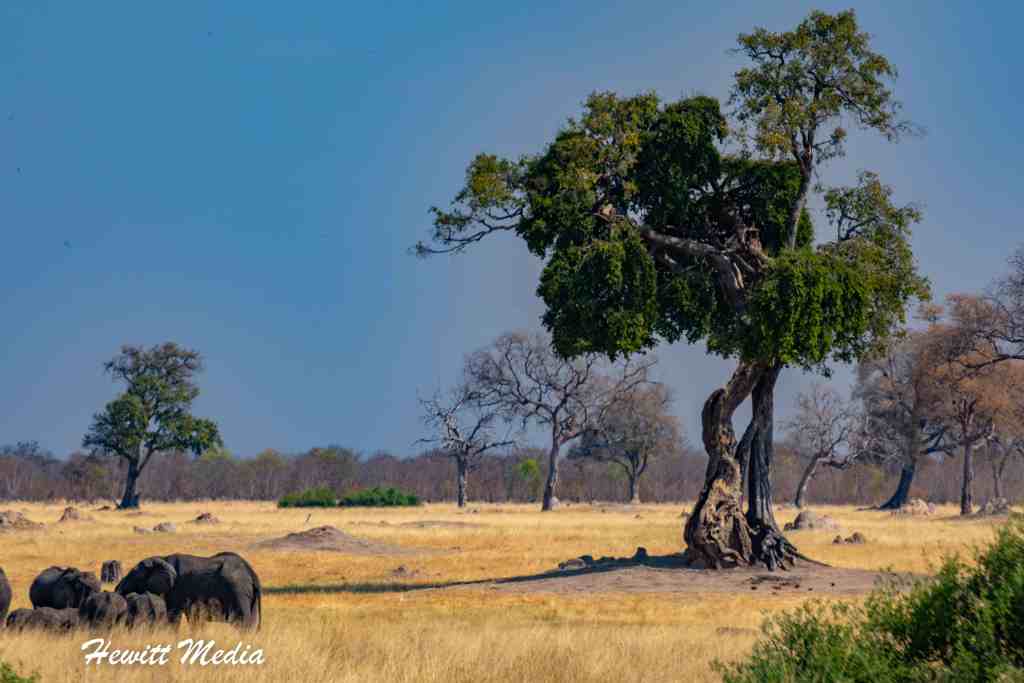

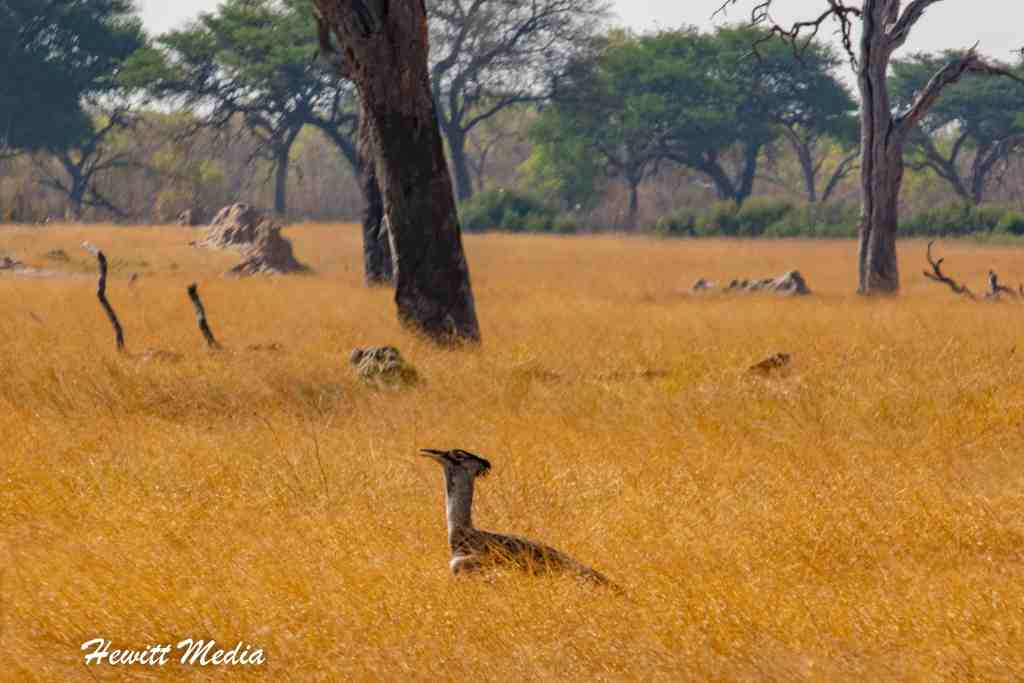
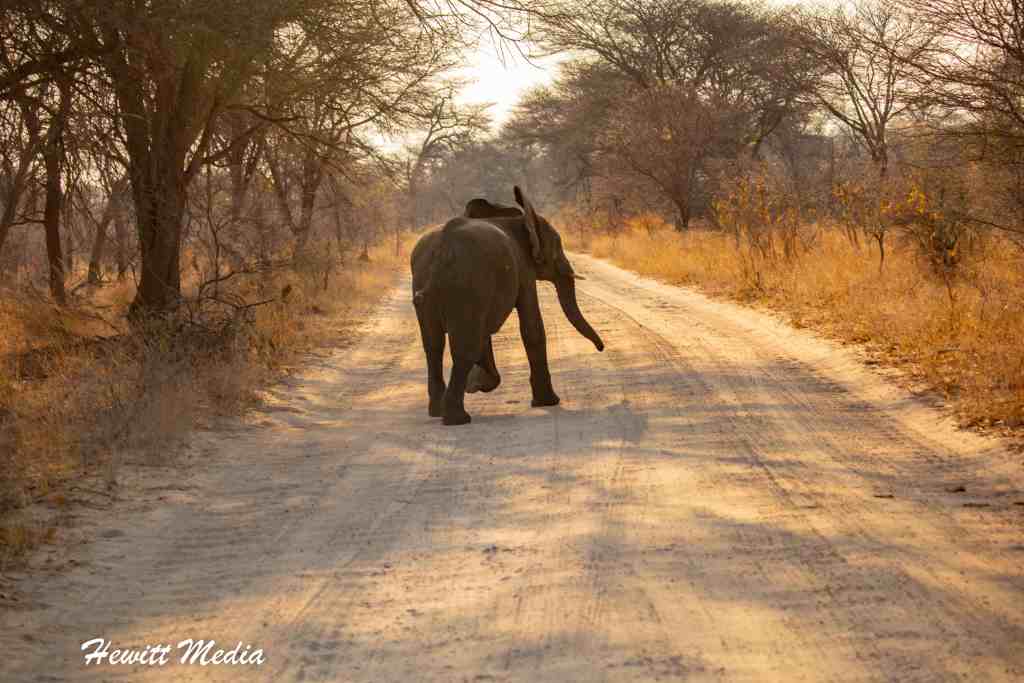


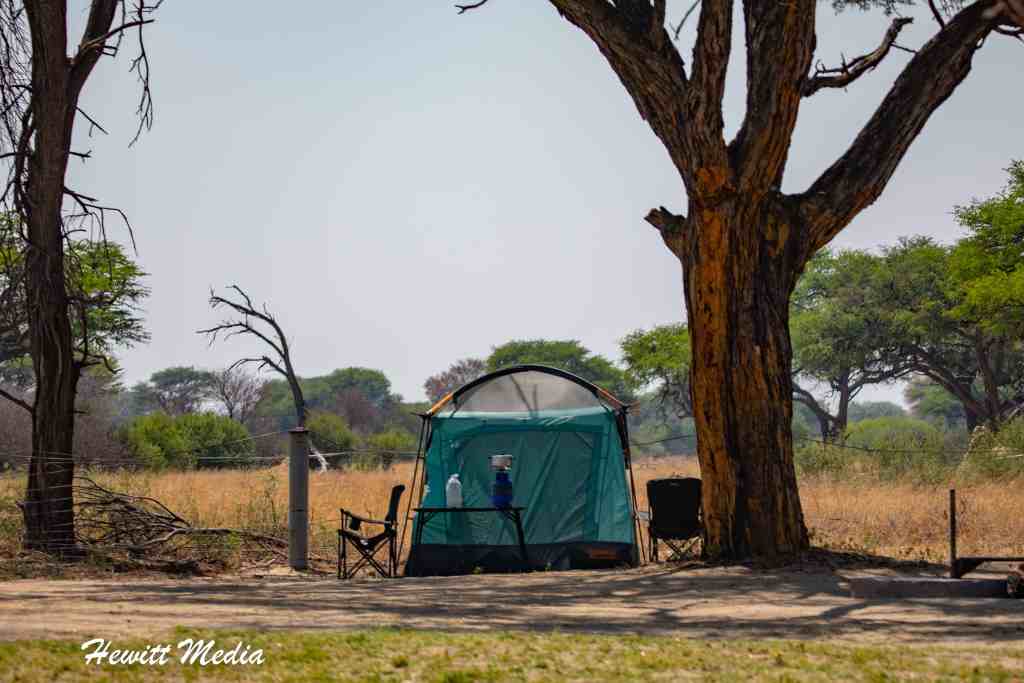
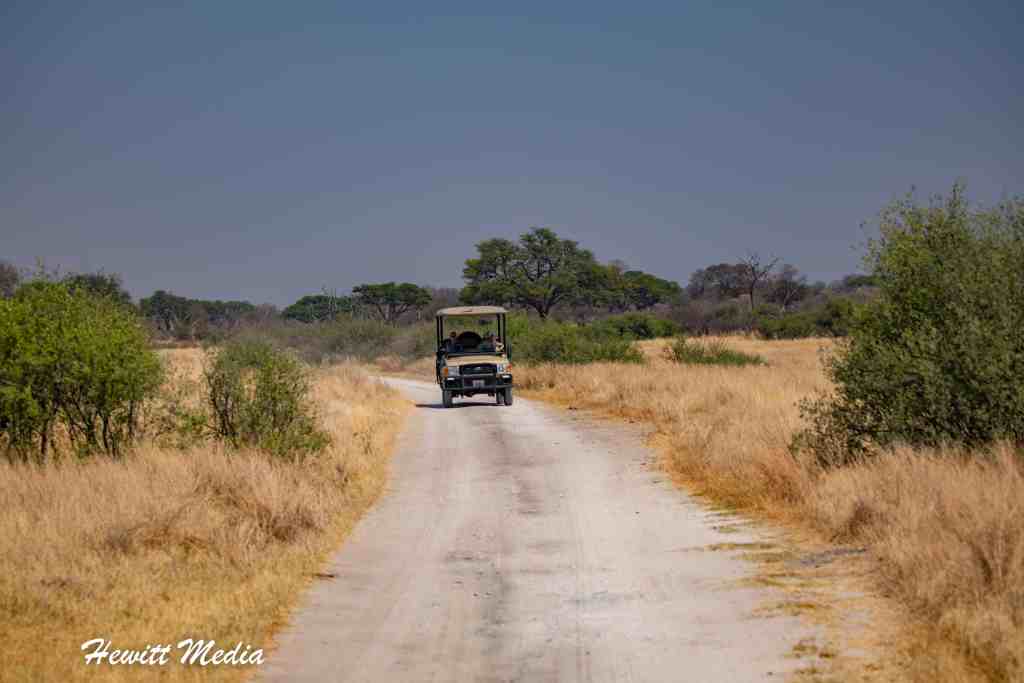

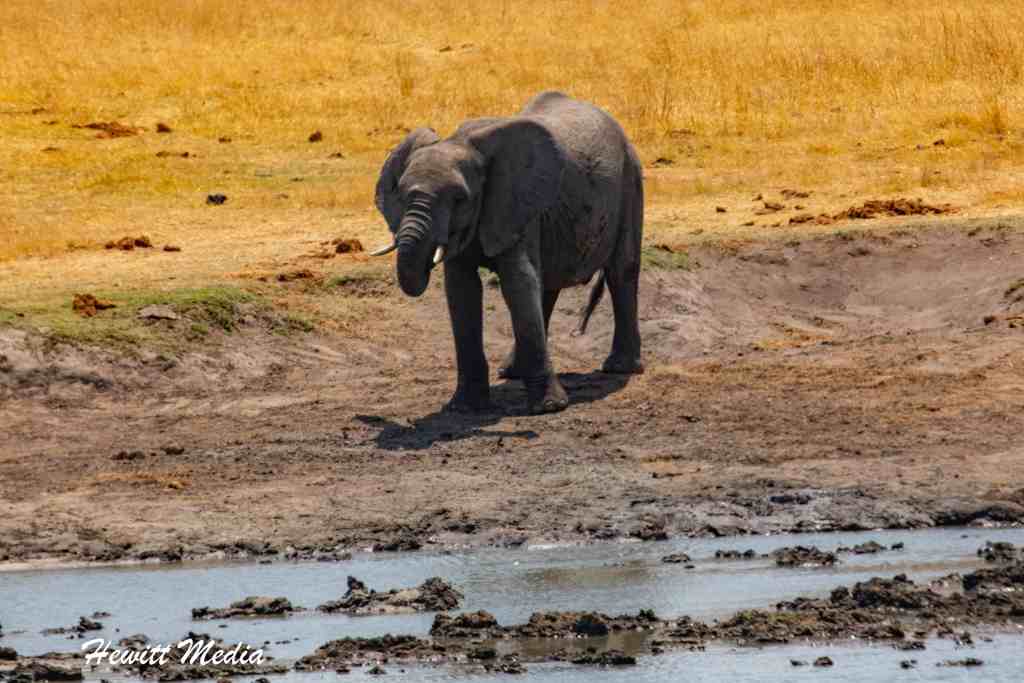
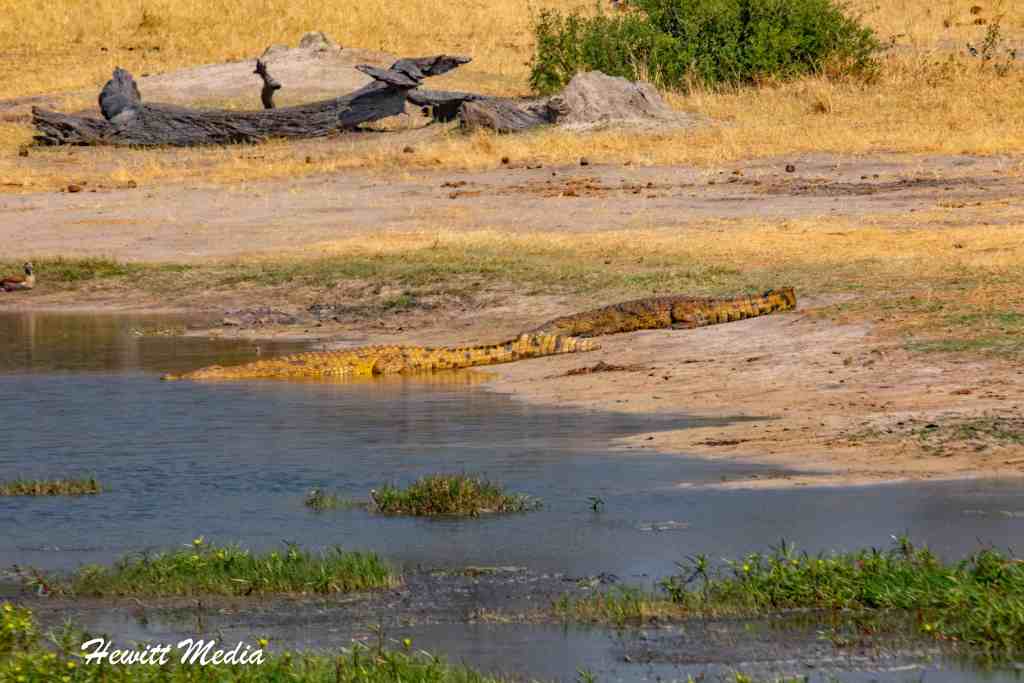
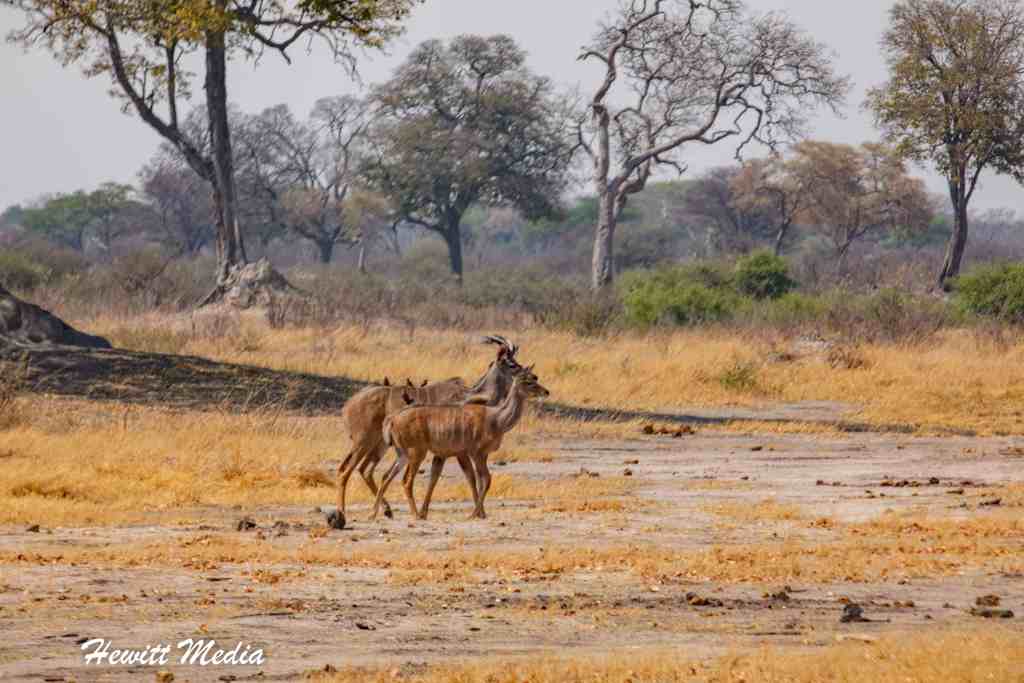

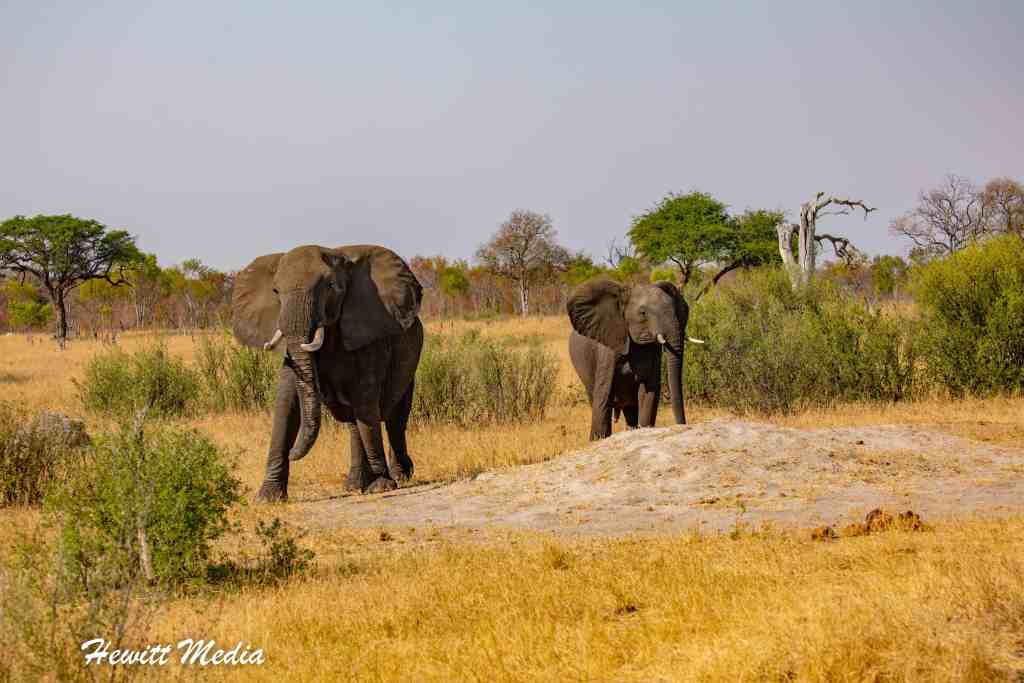
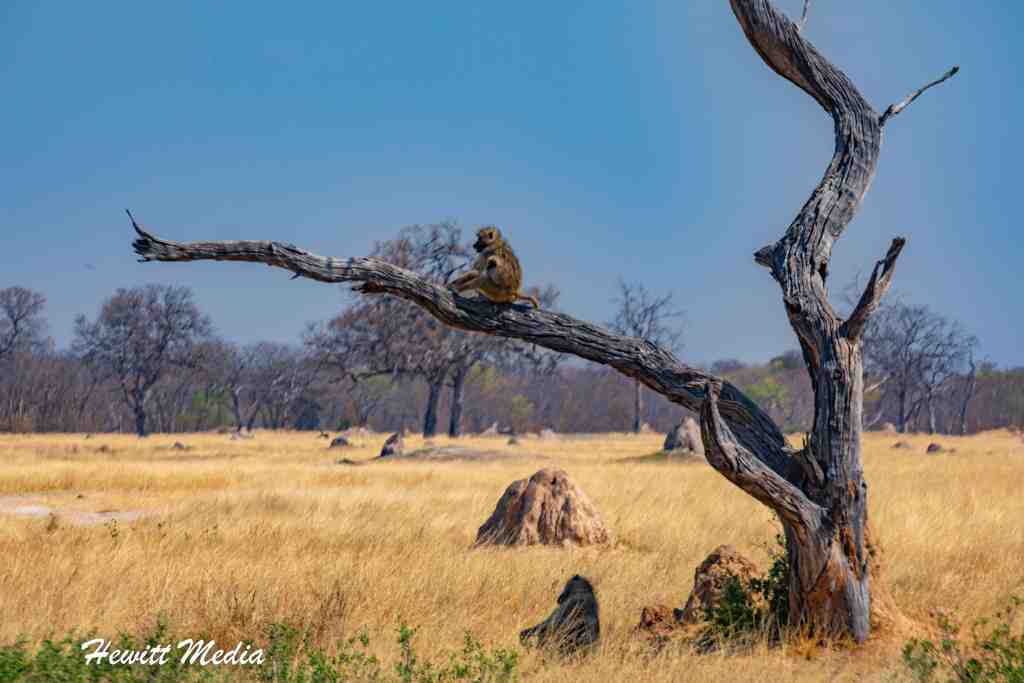
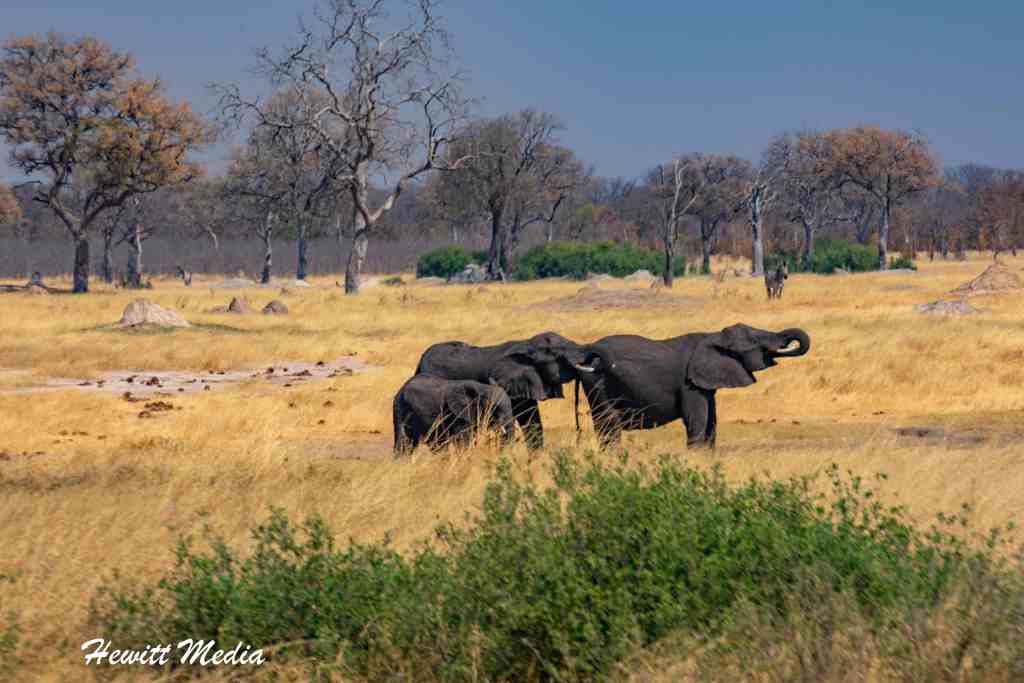
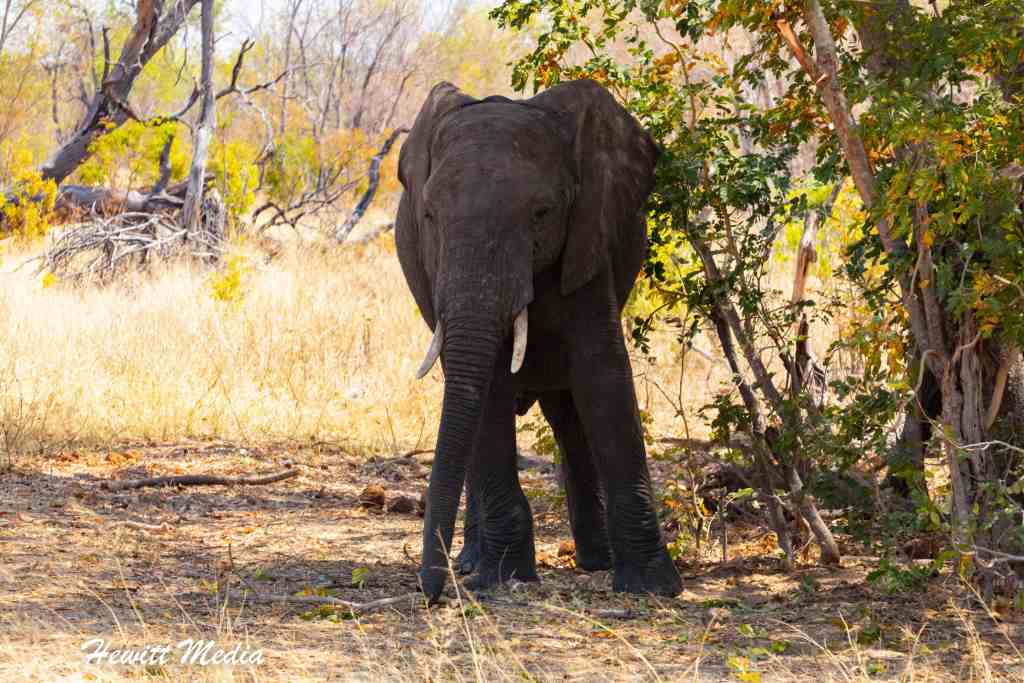


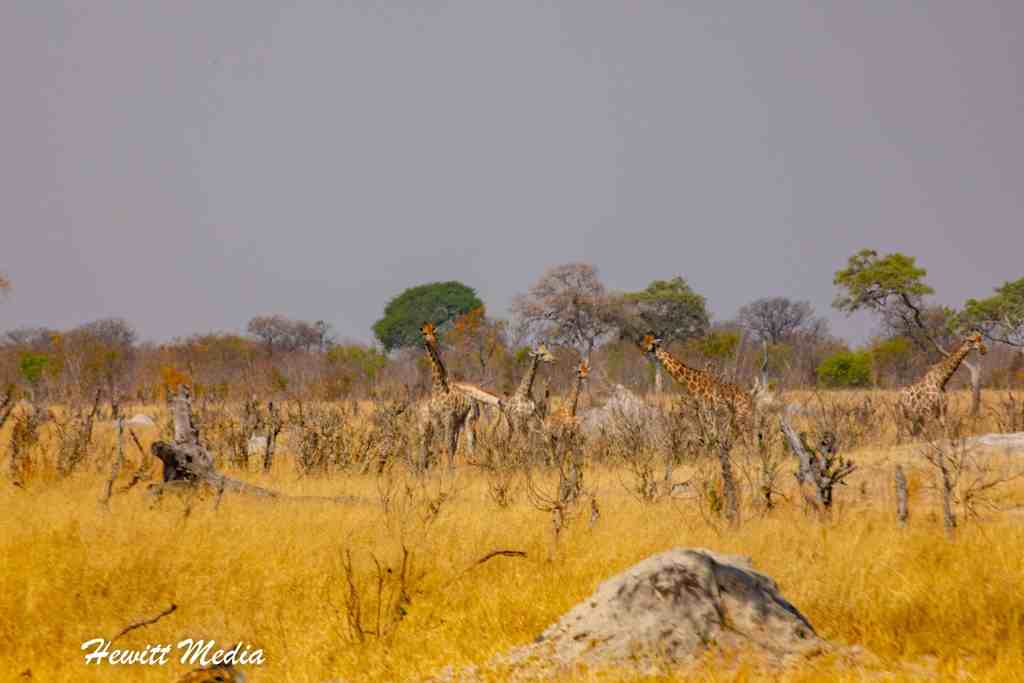


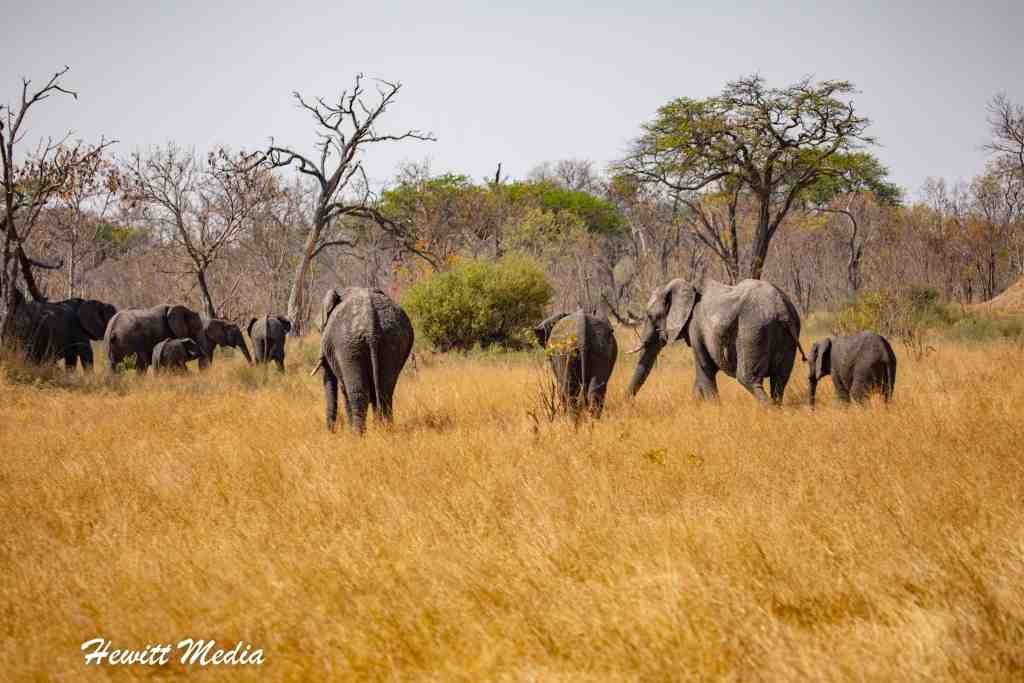
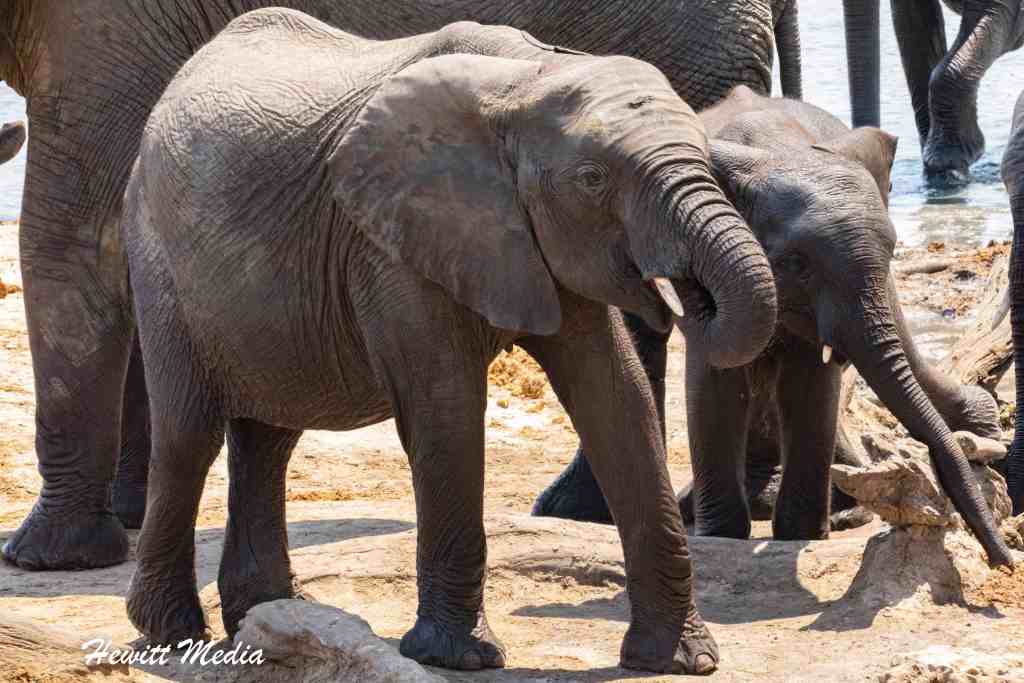

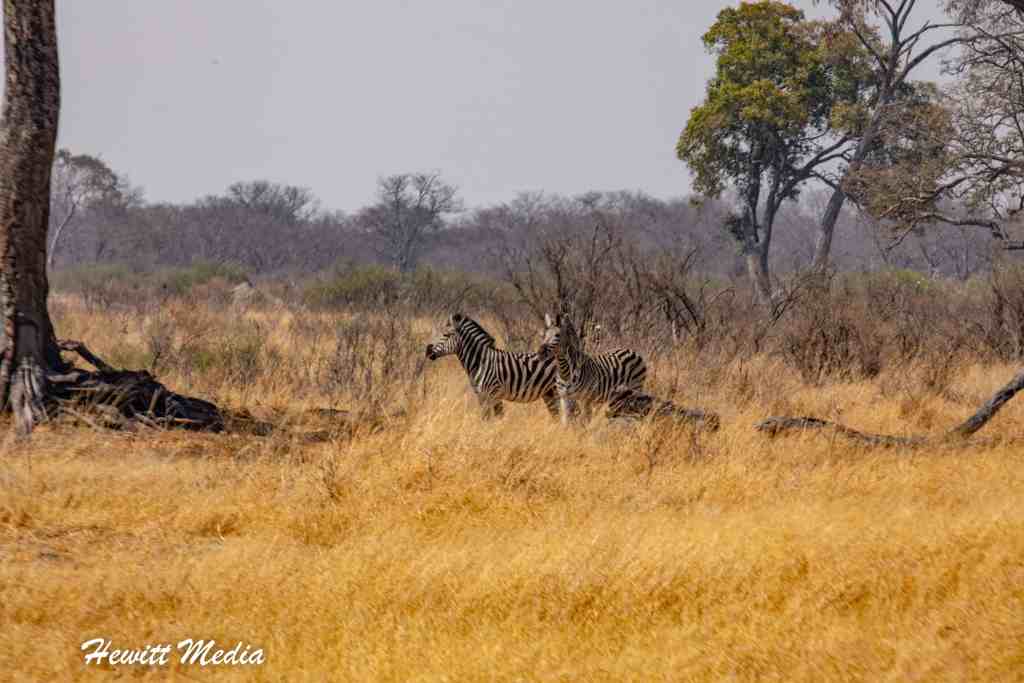
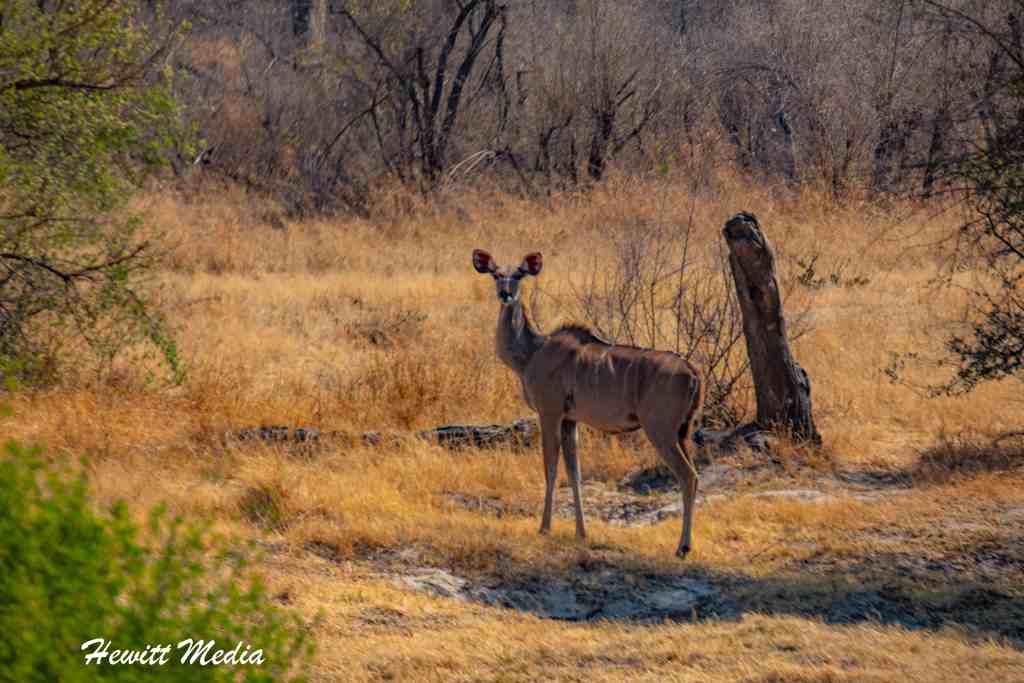
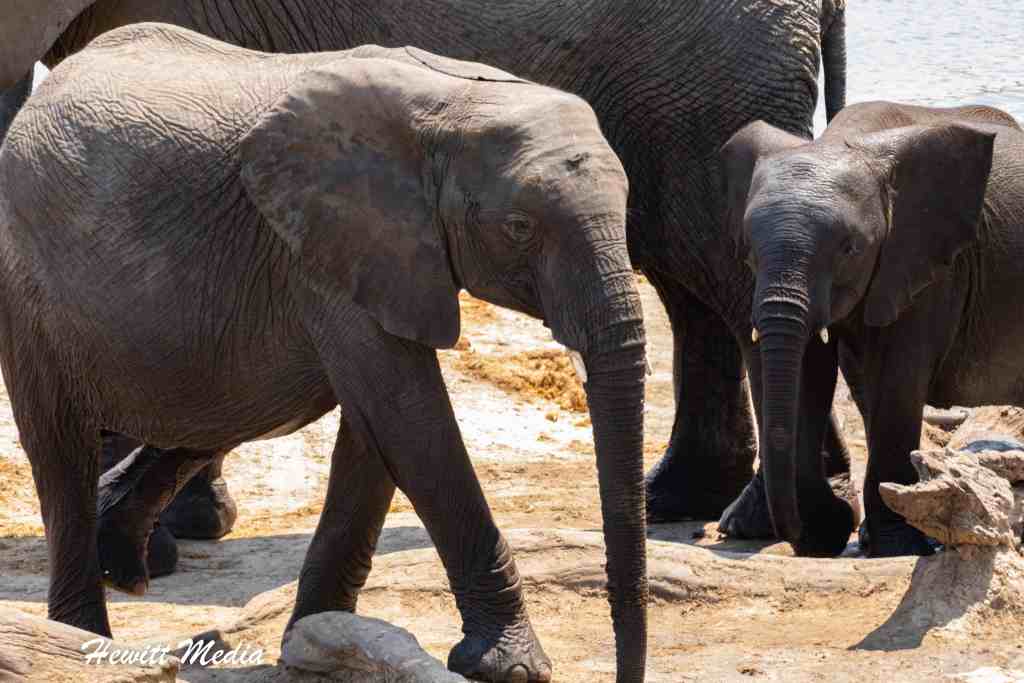
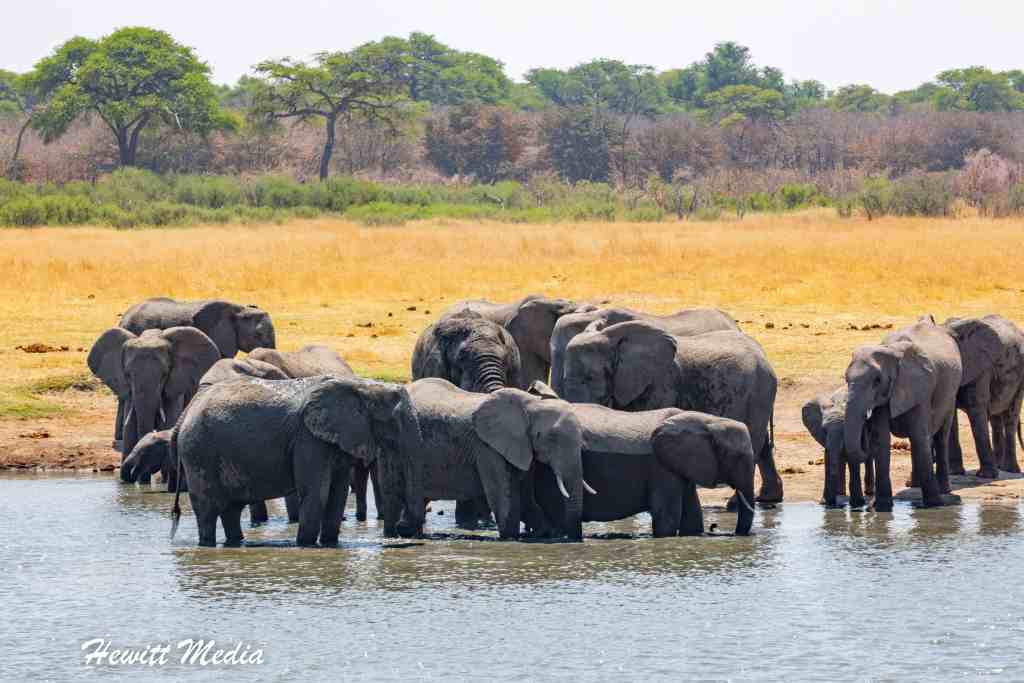

Don’t Forget to Subscribe to My Adventures!

Let Me Help You Save On Your Next Adventure!
‘Start Exploring Today’ Merchandise Available Now!
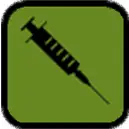




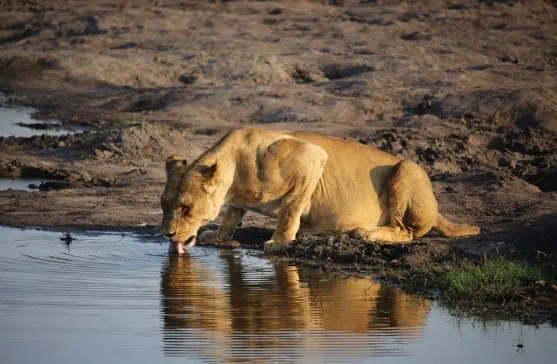
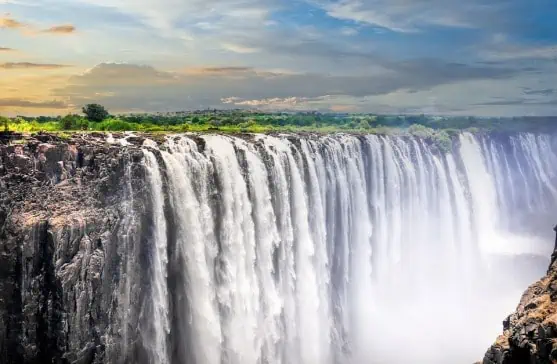
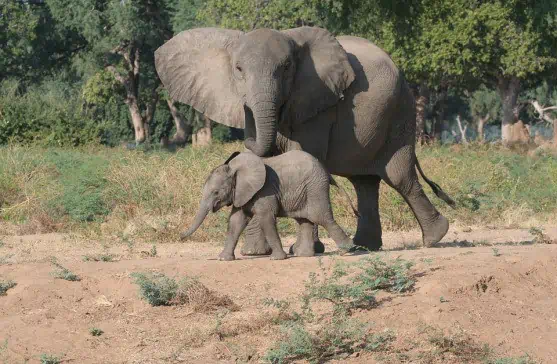
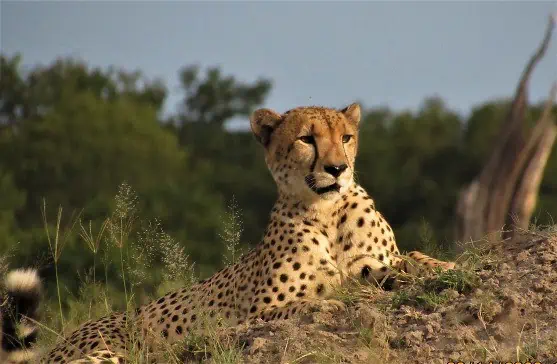
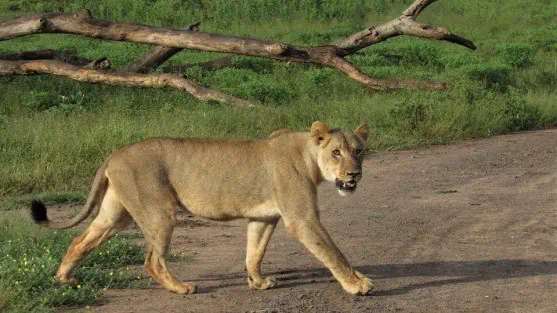

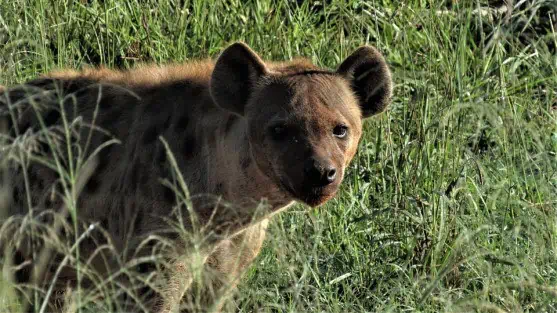
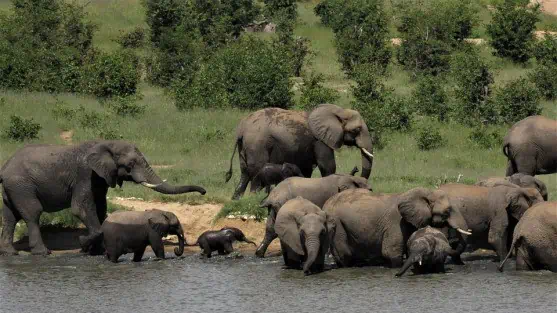
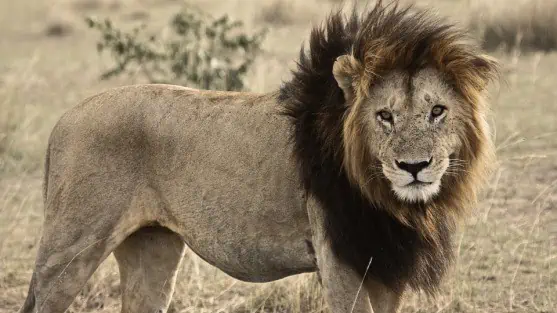

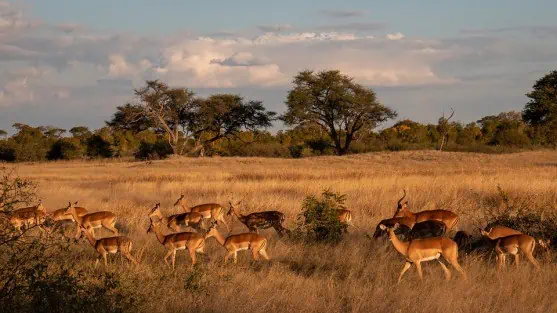
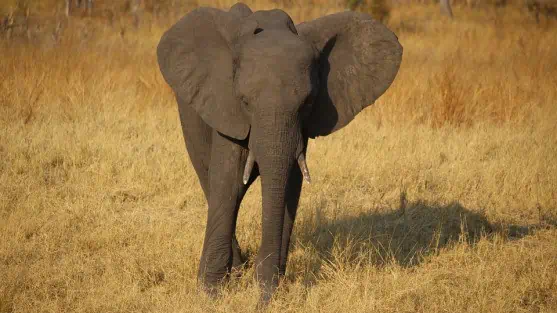
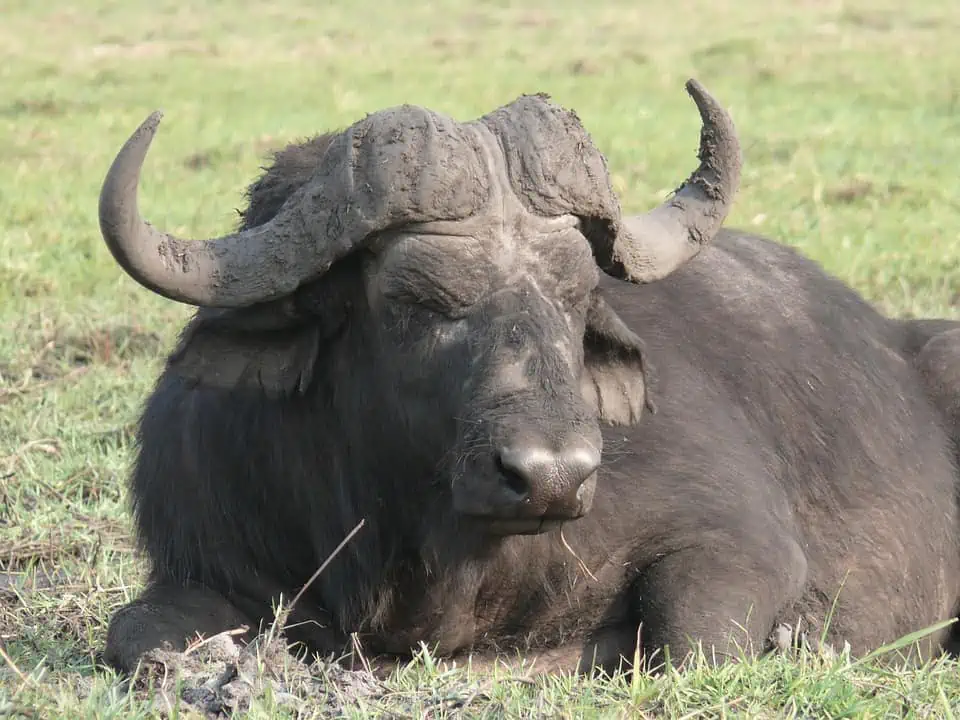






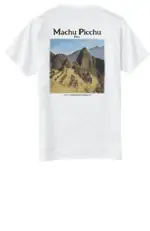
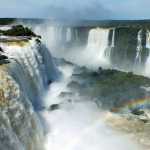
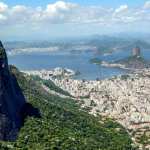
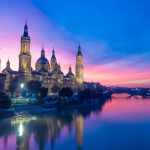

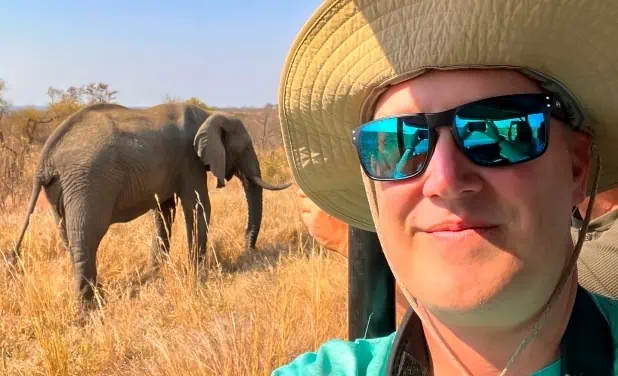
A great guide born of a great trip!
Thank you so very much!!! Means a ton coming from such a great writer like you!
Thanks, Josh!
Hello Josh,
Great article, love all the info you have provided!! Thanks for sharing.
We completely agree that Hwange is one of the most beautiful places to immerse yourself in African bush.
We partner with The Hide as one of our destinations partners and so glad that you mentioned them in your Blog 🙂
Thanks so much for sharing your adventures with everyone.
Please get in touch if you need any images for your future blogs or if you need any other info.
Cheers
Team PSC
http://www.photosafaricompany.com
Thanks so much for the kind words Nick!!